Lead-based makeup

Makeup is applied directly onto the skin of your face, which is some of the most sensitive skin you have, meaning it has to be treated carefully. However, until the early 20th century, makeup often contained lead as a key ingredient, and the upper classes wore it for centuries without knowing how harmful it was. This is how many people ended up with lead poisoning before even knowing the name of the affliction.
Corset tightlacing
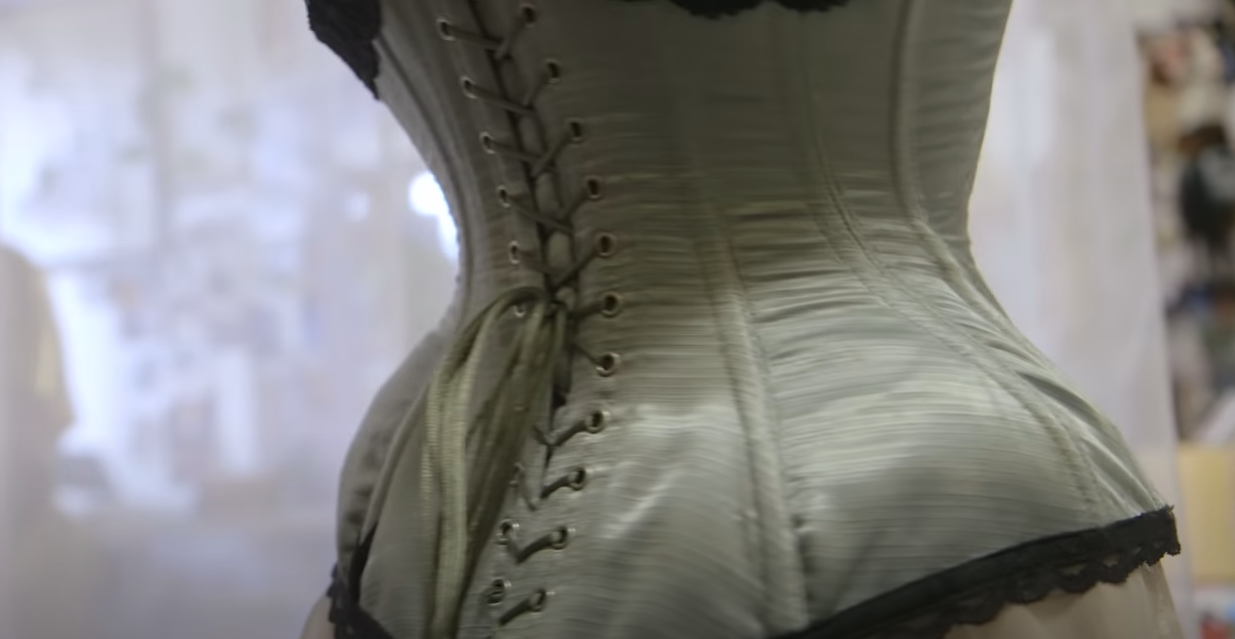
Corsets have gotten a bad reputation in recent years, but they actually aren’t the oppressive garments that people imagine. Historically, corsets were just a supportive underlayer that women could comfortably wear all day, and painful tightlacing was not at all a common practice. With that said, some high-class fashionistas would lace their corsets ultra-tight, leaving them short of breath, causing their organs to move around over time, and even weakening the bones and muscles around their waists. Ouch!
Platform shoes

Platform shoes have gone in and out of fashion a dozen times across the decades. First coming to prominence in the 1970s, they were revived as a trend among goths and e-girls in the 90s and early 2020s. While they look great and make the wearer walk a little taller, they also increase the risk of hurting yourself while moving. Ankle injuries in platform shoes are particularly common as it is easy to roll your ankle when your feet are so far from the ground.
Foot binding

Historically, lotus feet or very tiny feet were seen as a status symbol in China. These unnaturally small extremities were accomplished through the dangerous and painful practice of foot binding. To achieve the desired look, a girl’s feet would be tightly wrapped in fabric while she was young to prevent them from growing to an “undesirable” size. This led to broken bones in the girl’s feet as well as limited mobility in later life.
DIY piercings
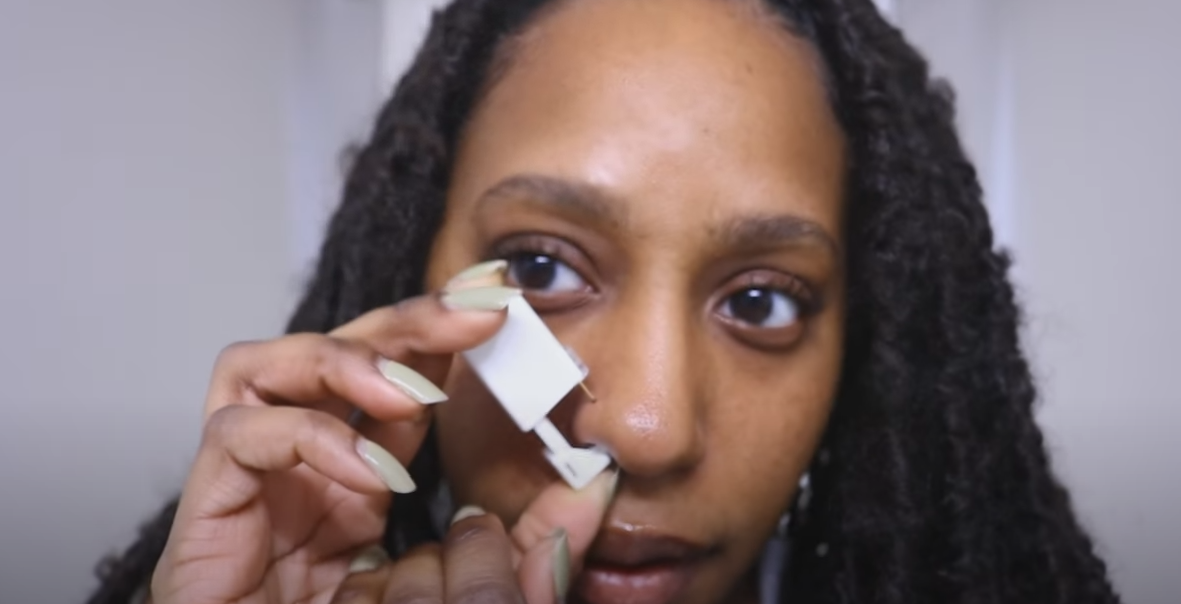
In the 2000s and 2010s, a trend of do-it-yourself piercings swept the nation. Particularly common amongst members of alternative subcultural styles such as goth, punk and emo, this incredibly dangerous practice led to infections, scarring, piercing rejections and more. There is a reason people go to qualified professionals to get needles through their flesh, after all!
Heat-styled hair

Pin-straight hair was all the rage in the 90s and 2000s, which is how hair straighteners went from an extra accessory to a daily necessity. However, the increase in people straightening their hair at home also led to an uptick in heat-related injuries. Many people burned their skin while rushing to style their hair before work and school, and more still almost burned their houses down by accidentally leaving their curling irons plugged in and turned on!
High heels
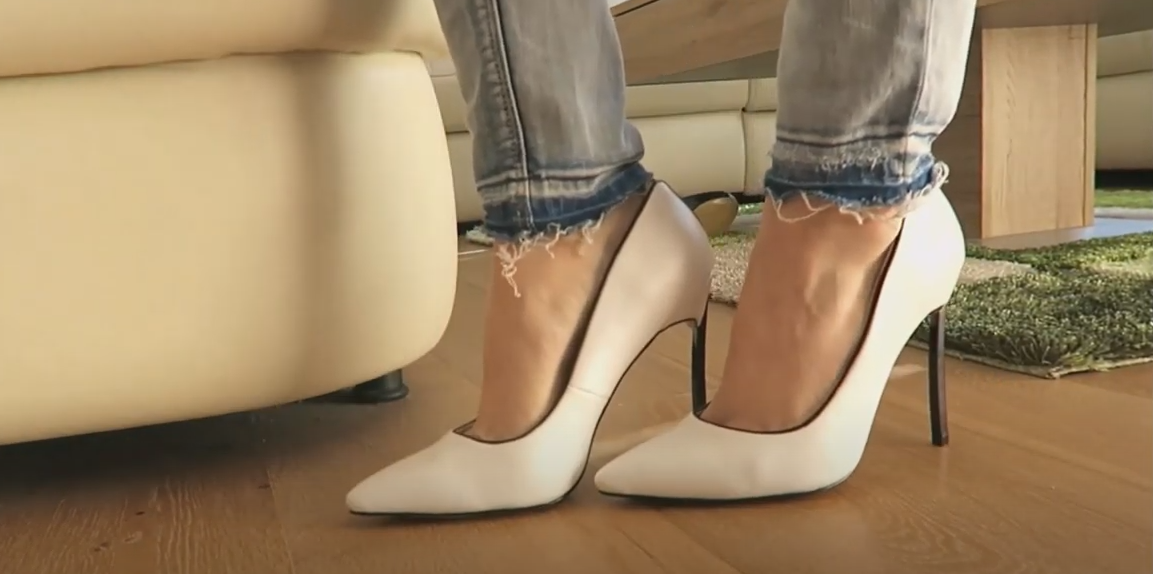
High-heeled shoes were originally worn by men while horse riding, to stop their feet from slipping out of the stirrups. However, it didn’t take long for them to become the g0-t0 formal footwear for women. Wearing high heels regularly can reshape your Achilles tendon and calf to better ape the shoe shape, and this in turn places additional stress on your hips and knees. This can cause long-term damage, so be careful before strapping on those stilettos!
Styling lard

If you go into a drugstore today you will find countless hair styling waxes, mousses and powders designed to help people get their hair under control. In the 17th century though, the most popular way of styling large wigs and hair pieces was by using lard. While the lard definitely helped to keep the wigs rock solid for longer, it also attracted bugs, lice, and even rodents, all of which carried diseases and bacteria. Gross!
Bandeau tops

In the 1920s, the ideal woman’s body type underwent a drastic shift. Rather than an hourglass figure or accentuated bust, the new fashion trends favoured a boyish, slender, straight-up-and-down silhouette. To achieve this look, many women wore compression tops designed to bind and flatten the chest, and these were often made from uncomfortable, stretch-free fabric. This led to breathing issues, pain around the back and chest, and skin rashes from wearing the garments for too long.
Flammable fabrics
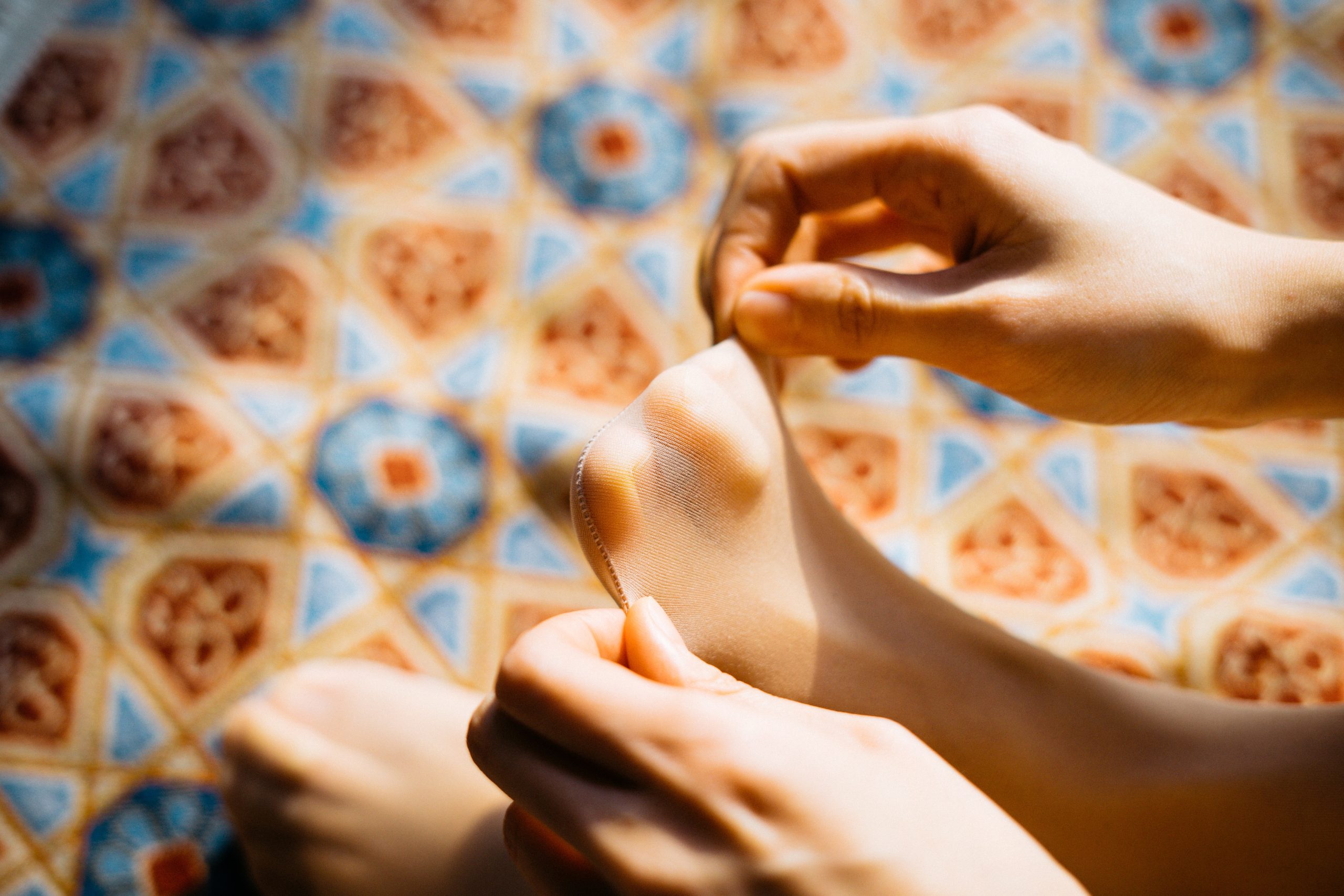
It’s not difficult to imagine why materials prone to catching on fire are dangerous to wear, nevertheless, flammable fabrics like nylon, silk, and rayon are still frequently used by designers today. Clothing catching fire has caused injuries and even death throughout history, so when wearing flammable fabrics it is essential to take extra care.
Chopines
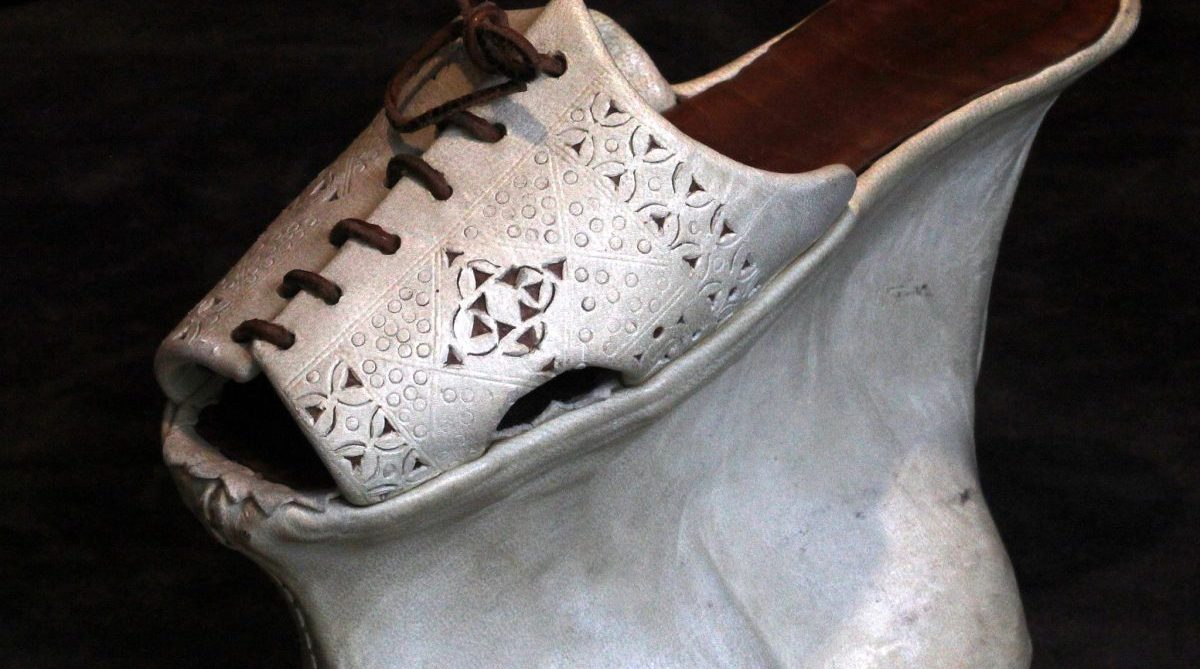
In the 16th century, women in Venice wore chopines to keep their feet dry while walking through the city’s many canals. These uncomfortable, stilt-like shoes rose as high as 20 inches, which made them extremely impractical and prone to causing injury. Eventually, people realized it wasn’t worth the risk and stopped wearing them.
Steel petticoats
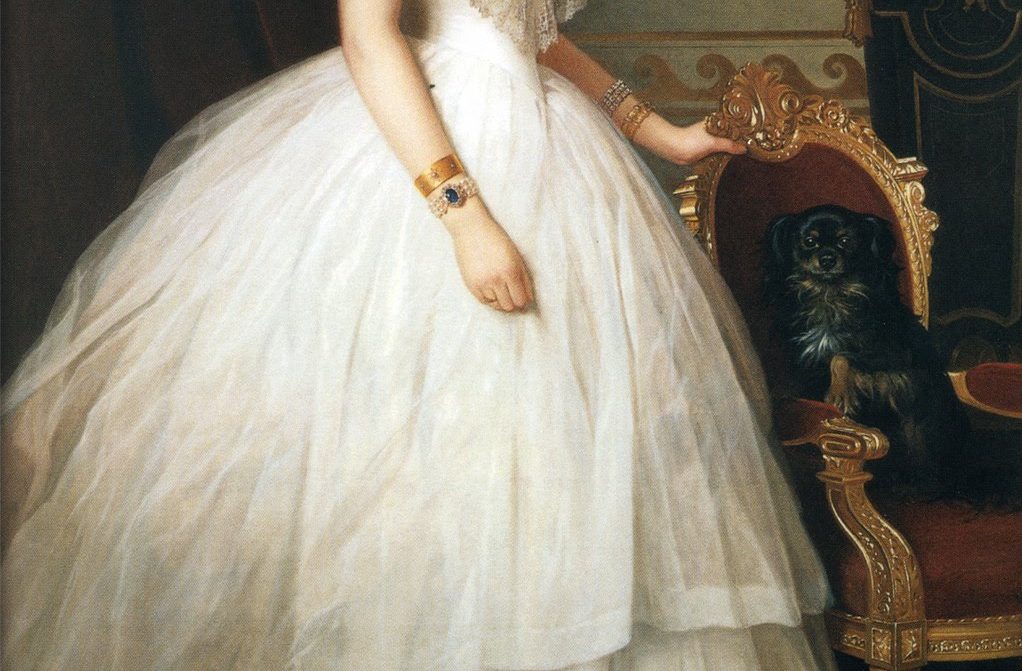
Crinoline skirts were popular in 19th century North America and Victorian England. These large, hooped skirts enhanced curves to unnatural proportions, and they caused countless deaths by fire. Candles were used as the primary source of light in many homes, so it wasn’t difficult for a skirt to catch fire and burn quickly. Oscar Wilde’s illegitimate half-sisters are thought to have died this way.
Edwardian collars

Men in the Edwardian era were also victims of dangerous fashion trends. Popular stiff collars choked numerous men when they fell asleep with their heads tipped forward, as the rigid material of their collars could block their windpipes, leading to asphyxiation. The stiff collars were nicknamed “father killers” because of how many men’s lives they ended.
Radium hair dye
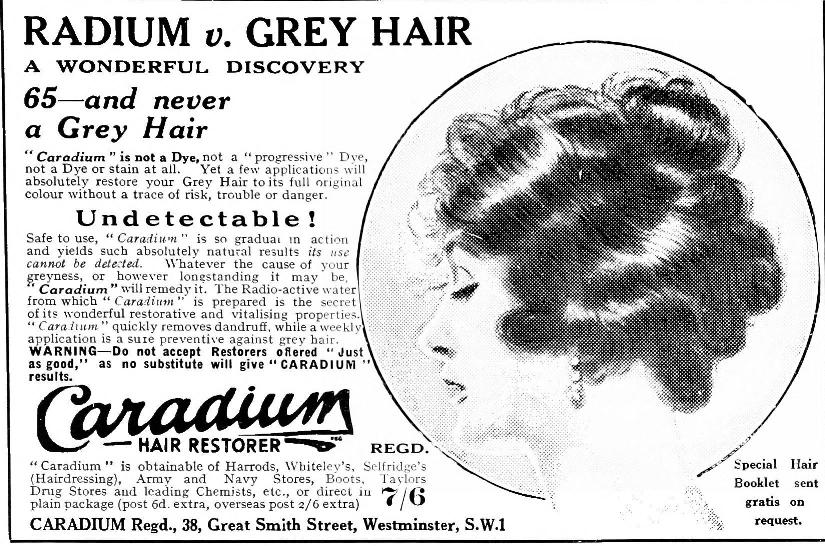
The Curies’ discovery of radium opened up a new world of medical possibilities. However, people didn’t know how toxic the element could be and used it in everyday products like toothpaste and hair dye. In the 1950s, a trend of the future was radioactive hair dye. Excited because it literally made hair glow, women rushed to buy it – and sadly, many died of cancer.
Rib removal
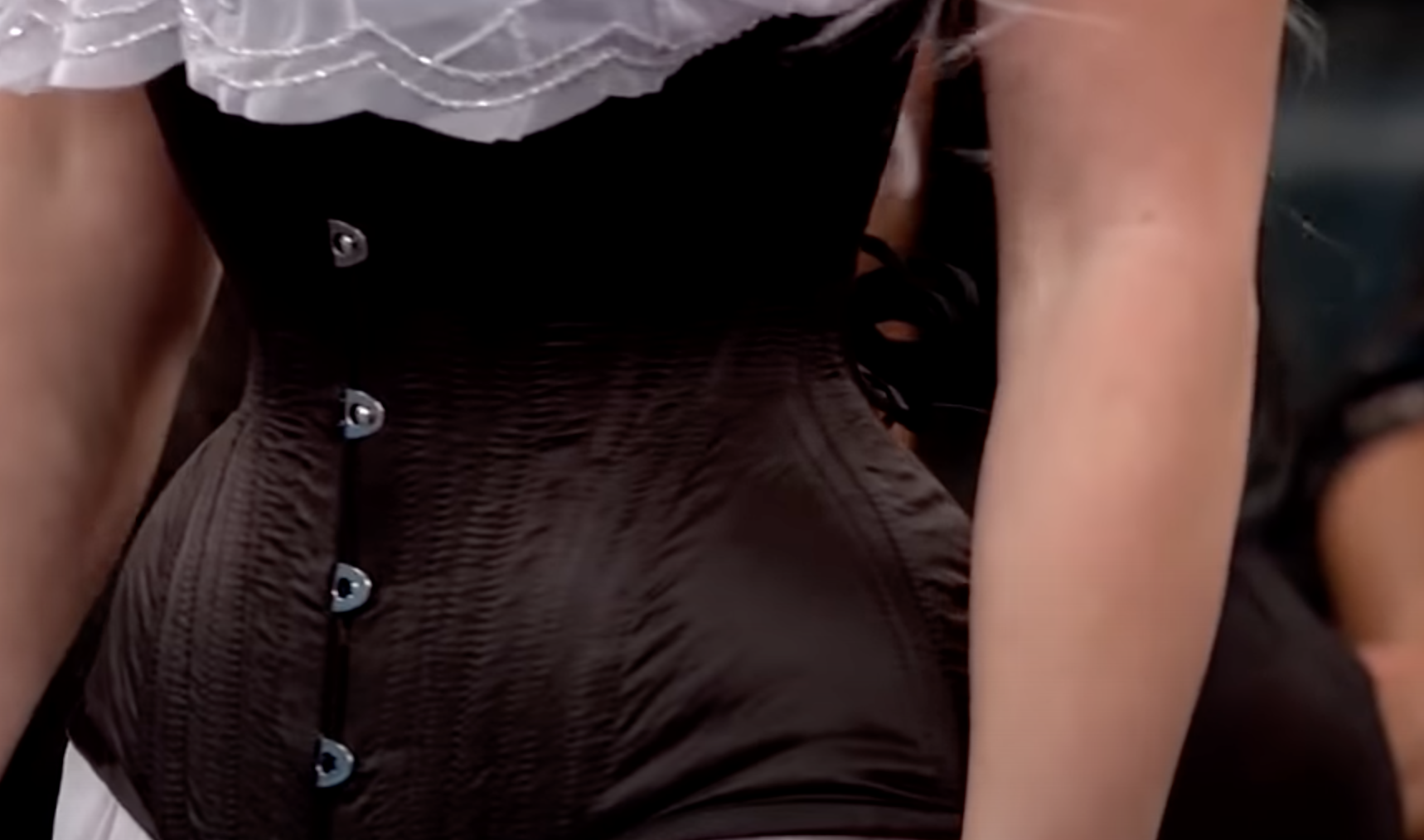
As technology advances and the quest for beauty becomes more competitive, women are going to extreme measures in order to achieve the ideal hourglass figure. One of these measures is having ribs removed or shortened in order to create a smaller waist. The sacrifice is leaving important organs unprotected, increasing the likelihood of damaging organs should an accident occur.
Hair removal by arsenic or X-ray
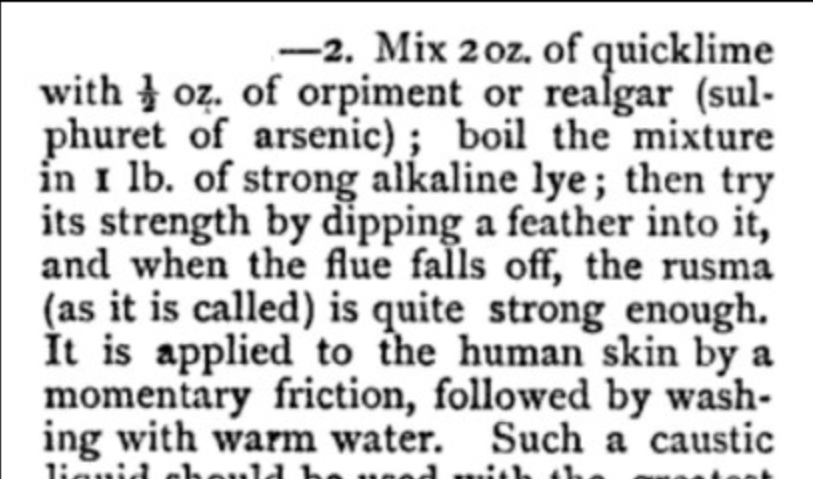
Hair removal has been around for thousands of years and has been used in various cultures throughout history. While some techniques were safe and effective, others were poisonous. In the 16th century, women used arsenic to remove unwanted body hair. In the 1920s, doctors began using X-rays to try to remove hair permanently. Many women were poisoned by these methods.
Belladonna eye drops
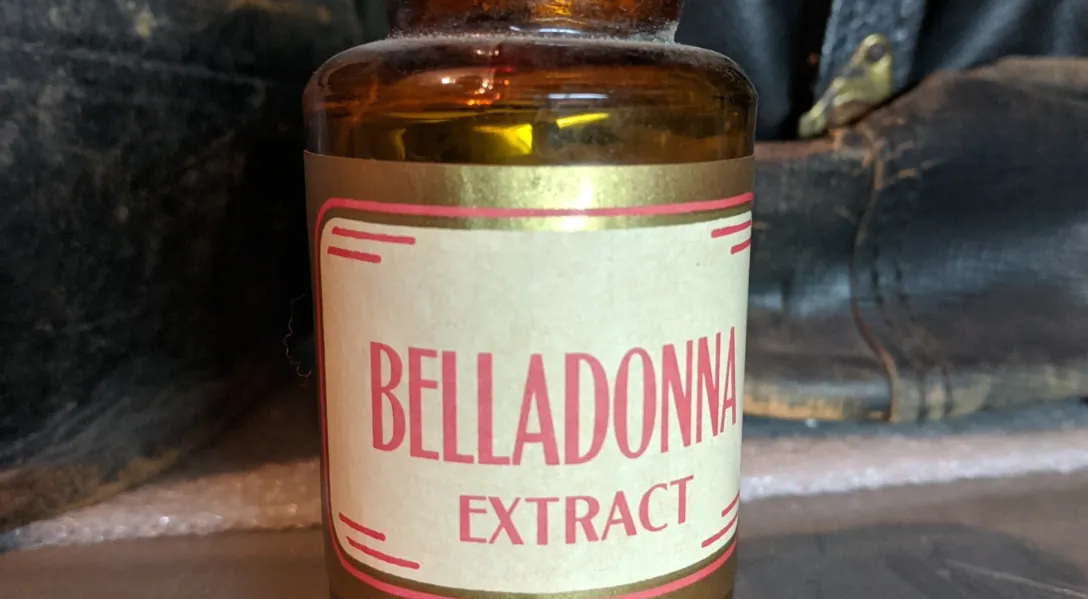
Belladonna, or deadly nightshade, is one of the most toxic plants known to man – yet in the past, women used it as a cosmetic. In Renaissance Italy, the use of belladonna eye drops became popular among women who wanted to enhance their beauty. However, due to the toxicity of this plant, it caused eye irritation and heart problems if used regularly.
Fontange
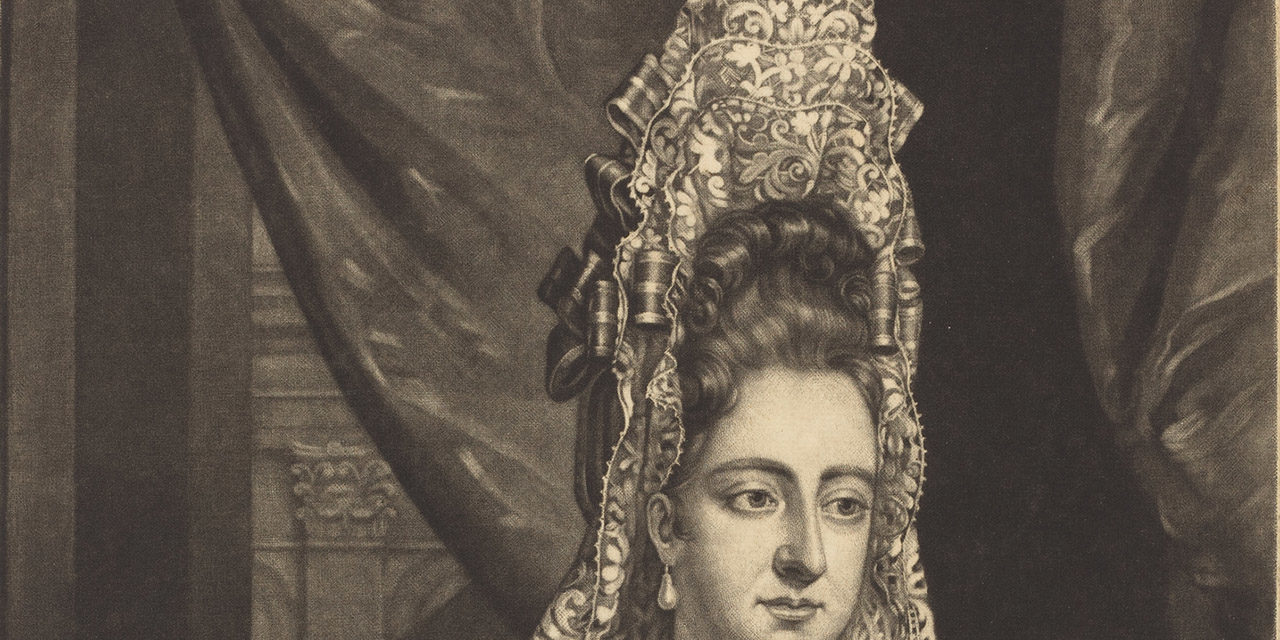
The fontange was a headdress popularized by Madame de Fontanges, a mistress of King Louis XIV. They were usually constructed with lace, ribbons, and pins. Over time, the fontange’s designs became more elaborate and harder to wear. The pins used to hold them in place were also getting bigger, making them dangerous for both the person wearing them and anyone around her.
Tapeworms

For time immemorial, there have been people looking for shortcuts to losing weight. Victorian women took things to a new, alarming extreme by embracing the tapeworm diet: literally swallowing a tapeworm egg so the parasite would grow in your stomach and live off your food. Inevitably this resulted in nausea, fever and abdominal pain, plus tapeworms often migrated to other organs causing further damage.
Black teeth
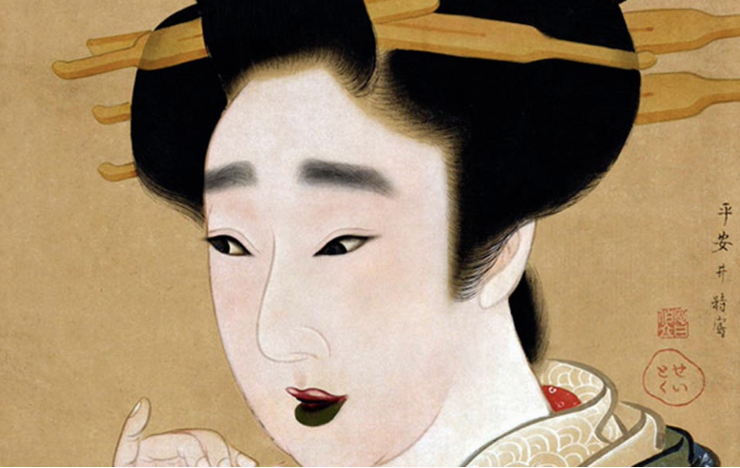
In Japan, black teeth were once considered a sign of beauty and the practice known as ohaguro was widely popular. To ‘improve’ their smiles, some women drank a mixture of an iron-based dye dissolved in vinegar and combined with tea powder. Surprisingly, this mixture did not negatively impact their health. However, due to its strong taste and odour, it was eventually banned by the government.
Wet dresses
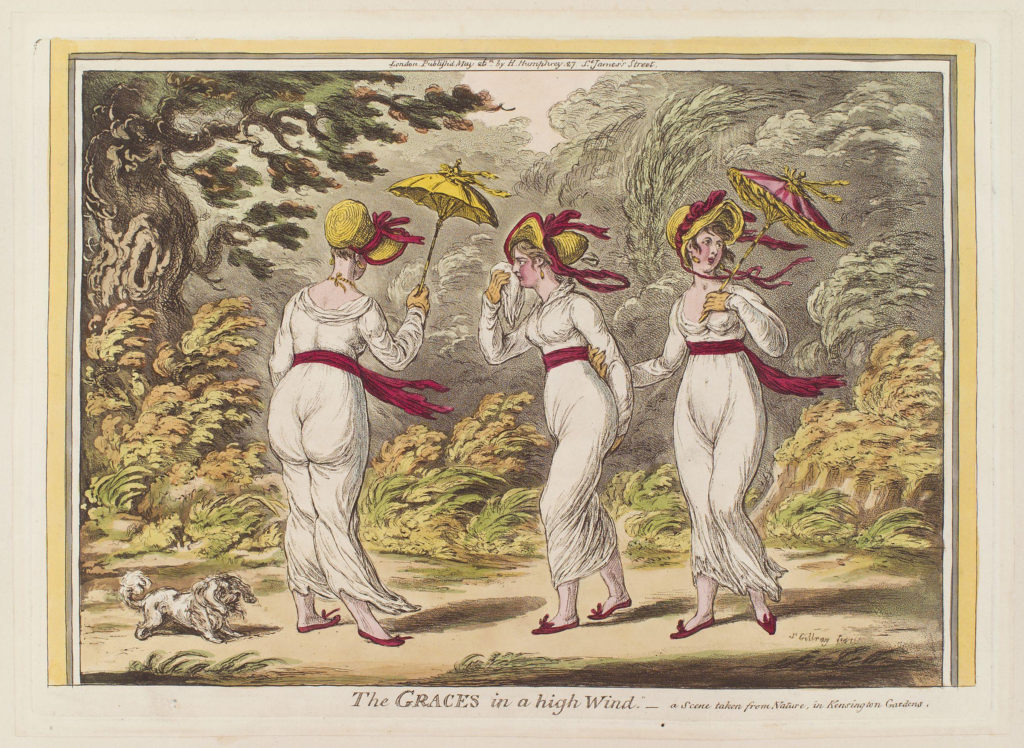
Today, muslin dresses are often worn for special occasions. However, in the 19th century, women wore wet muslin dresses to show off their figures. Though fun in the summer, this became dangerous as the weather turned colder. A lack of warmth led to an increase in respiratory illnesses such as pneumonia, which was known as “Muslin Disease” during this period.
Mercury hats

The phrase “mad as a hatter” wasn’t coined by Lewis Carroll. It originated with the mercury used in hat making, which literally affected the wearer’s sanity. Mercury was a common ingredient in felt production, and it had a detrimental effect on both the hat makers who handled it and the wearers who inhaled it. It could lead to mental disorders such as psychosis.
Crakows
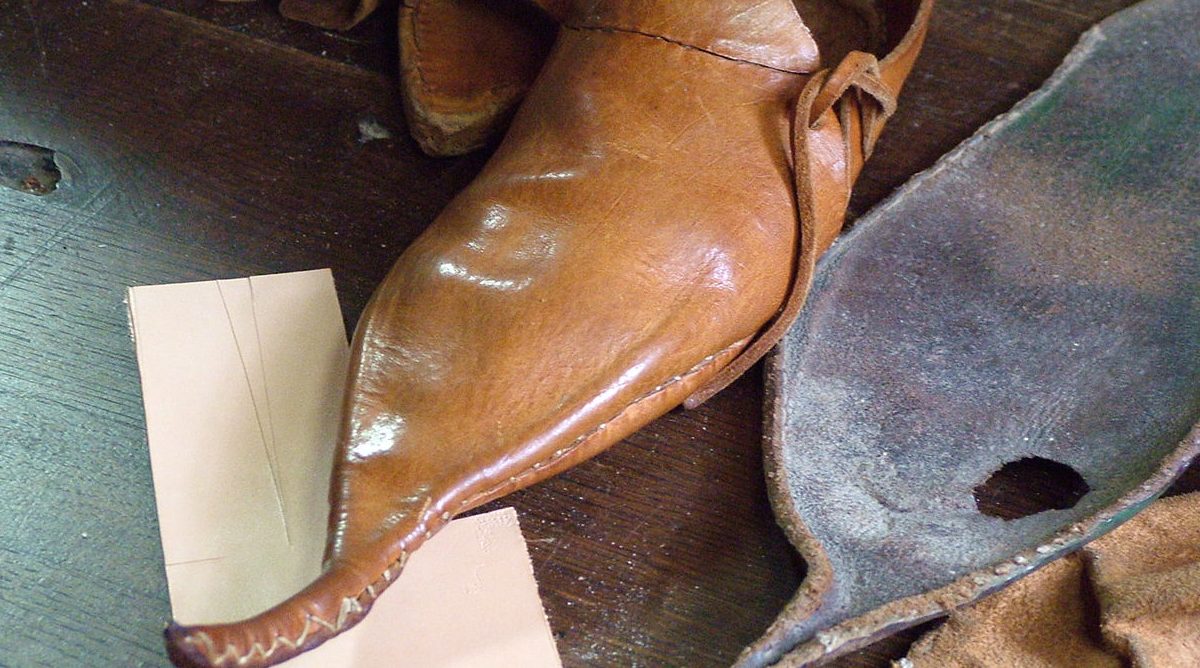
Crakows, a type of shoe named after the Polish city of Kraków, first appeared during the 15th century. Their high heels and pointed toes made it difficult to walk in them and led to many fatal falls. As such, they weren’t popular for long and were banned in several countries.
Aniline socks
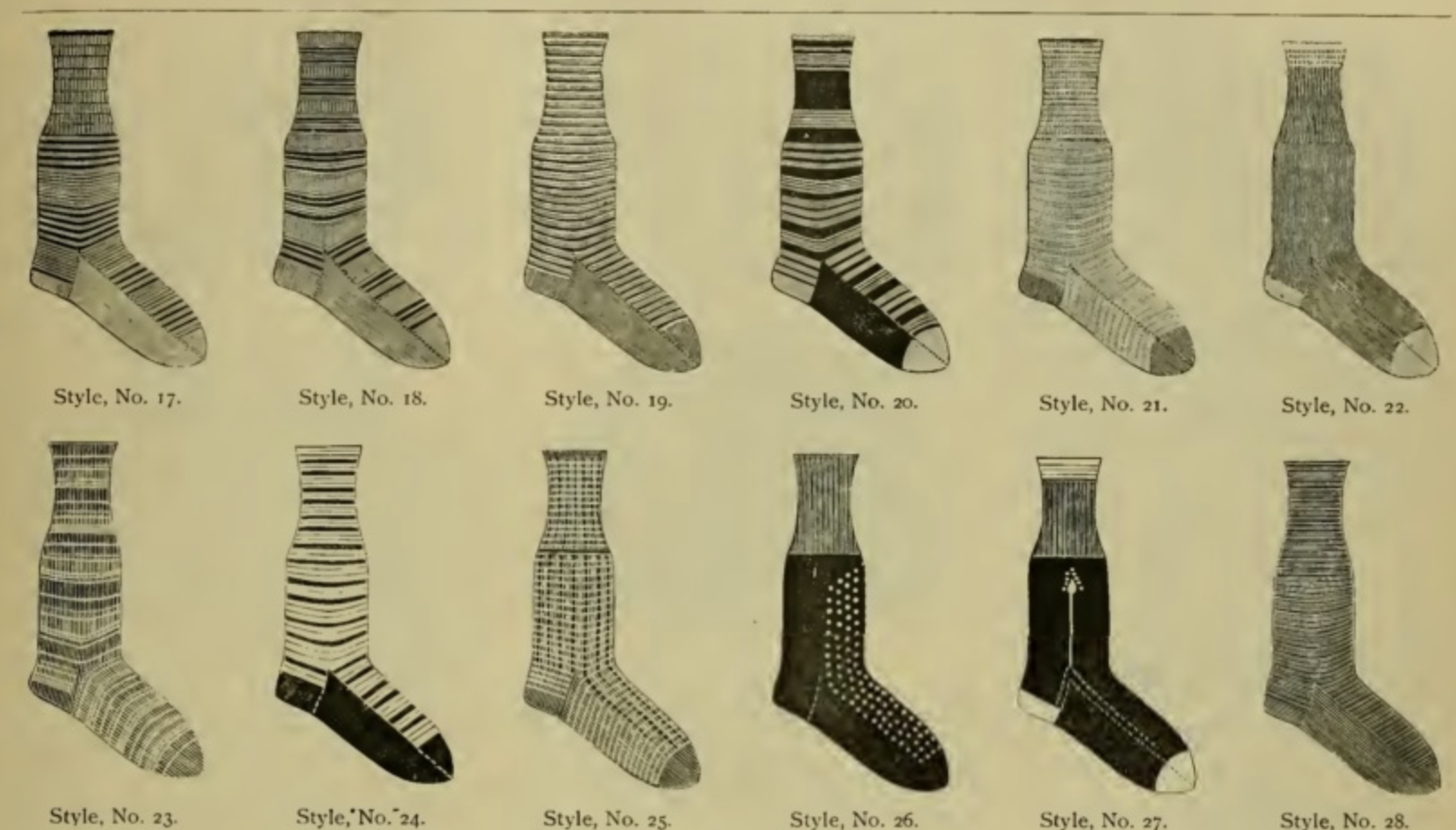
During the 1860s, people loved aniline-dyed socks – until people learned just how toxic aniline was. It didn’t take long for wearers to find that this new fabric caused skin irritations and rashes, leading to feelings of fatigue and dizziness. By the time the trend faded away, many had suffered from severe health issues caused by aniline socks.
Wax cones

For centuries, people have struggled to cover up body odours. Ancient Egyptians came up with a creative solution for this problem: they wore wax cones on top of their heads and used them to hide bad smells. They were often worn under wigs to distribute fragrance, but these had to be replaced frequently because they melted in response to body heat.
Poufs

Poufs, or large hair decorations, were popularized by Marie Antoinette in the 18th century. Poufs could be characterized as “rat’s nests” due to their unhygienic nature; they also were very impractical and a potential safety hazard. They often reached two feet in height and were popular with aristocrats.
Skin whitening
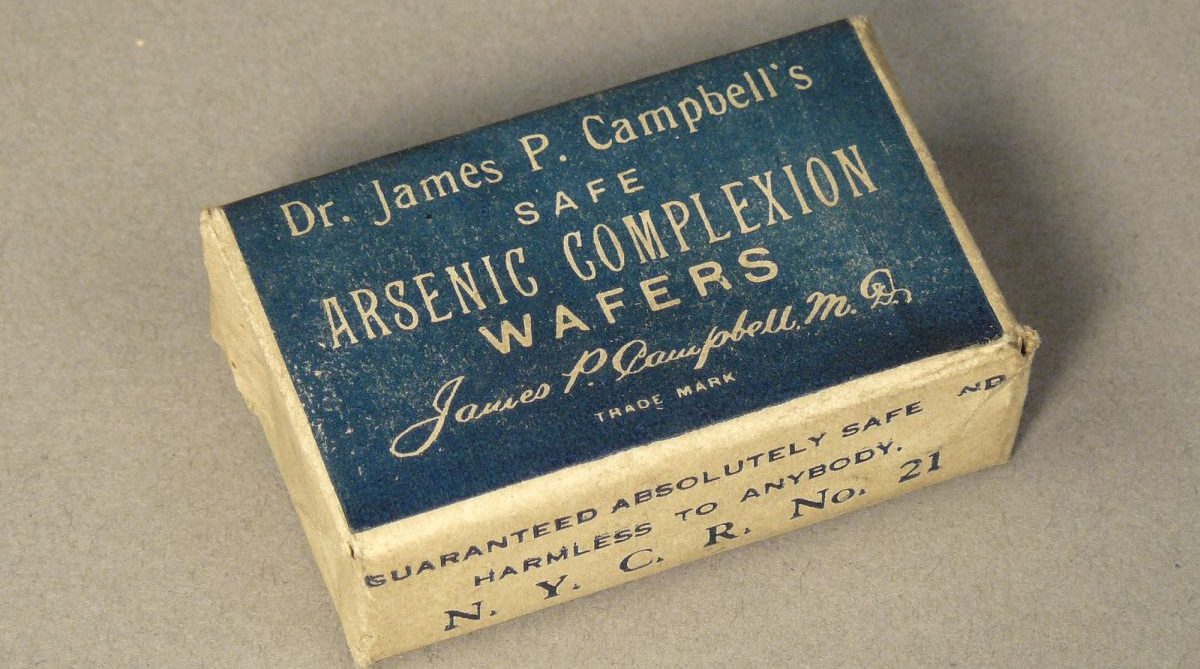
In the 20th century, many women used arsenic wafers to lighten their skin. Although the practice was dangerous and resulted in many deaths, it was very popular at the time. Skin-whitening products continue to be controversial and dangerous today, but most modern methods don’t pose quite such a risk to life and limb.
He***n chic
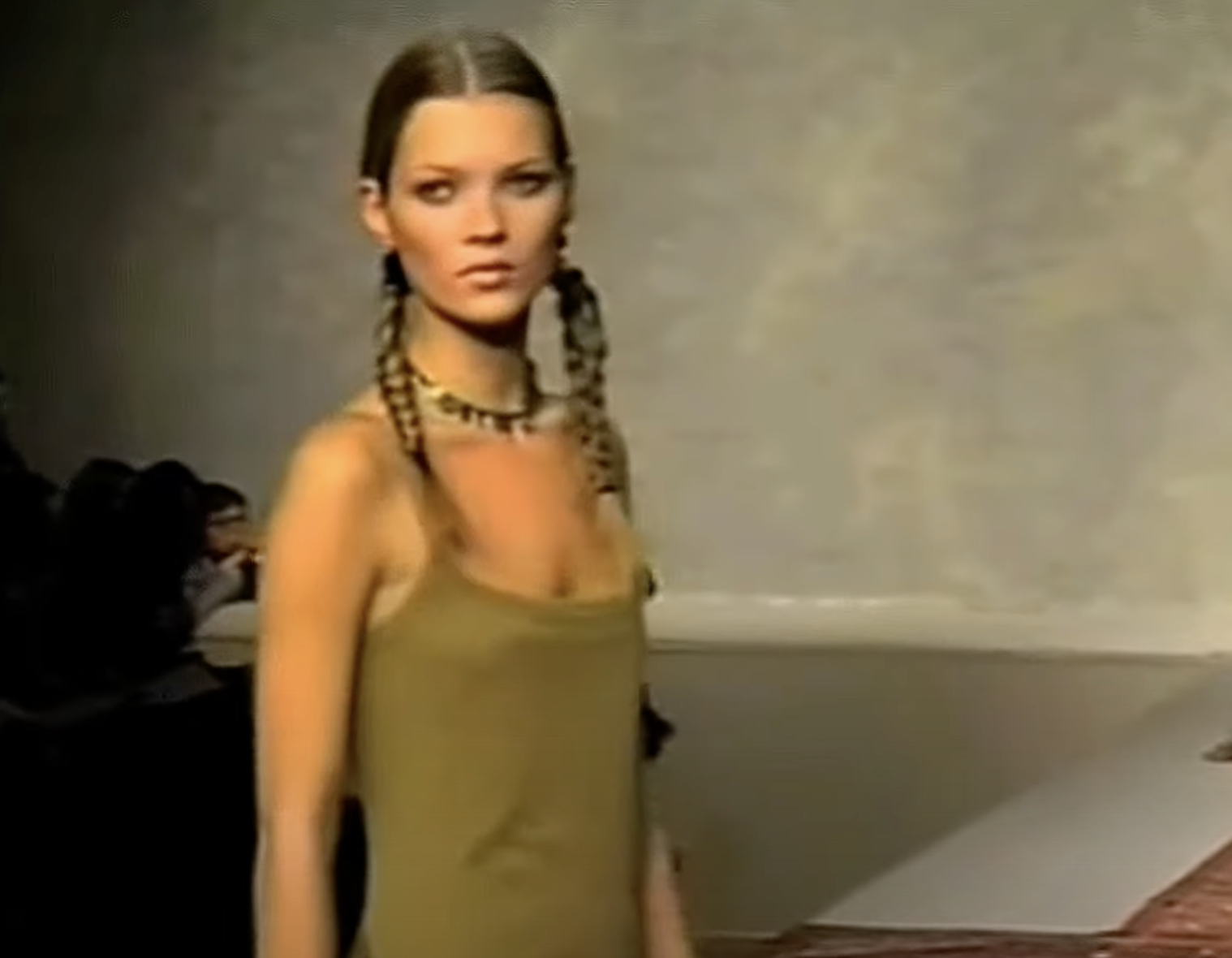
For centuries, women have struggled with achieving thinner bodies. The 90s brought us he***n chic, a trend that glorified drug use and skinny models. Its hallmarks were the skeletal thinness and dark eye bags that result from poor health, as well as unsmiling models photographed against walls or in alleys.
Hobble skirts
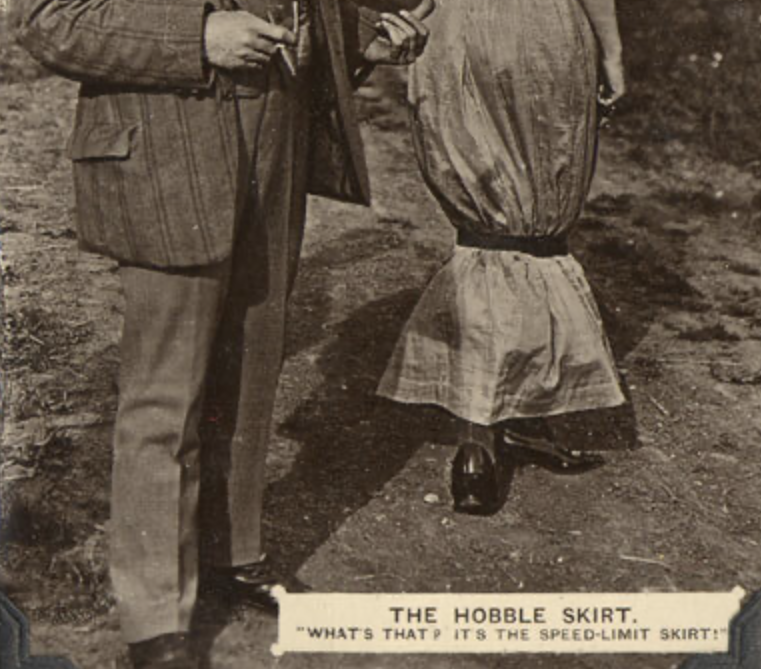
The hobble skirt – a narrow hem that forced women to walk in small, measured steps – enjoyed a brief but popular run in the early 20th century. Accidents involving women falling led to its demise. Even Pope Pius X got involved in the debate, condemning hobble skirts in a 1911 report in L’Osservatore Romano, the daily newspaper of Vatican City State.
Jeggings

Jeggings are a hybrid of jeans and leggings that first appeared in 2010. The ultra-tight design comes with a health warning, as well as a reputation for being unflattering and uncomfortable. Jeggings have been banned from schools due to their inappropriate nature. The tightness of the material has been shown to cause yeast infections because it prevents air circulation around the crotch area.
Slicked-back ponytails
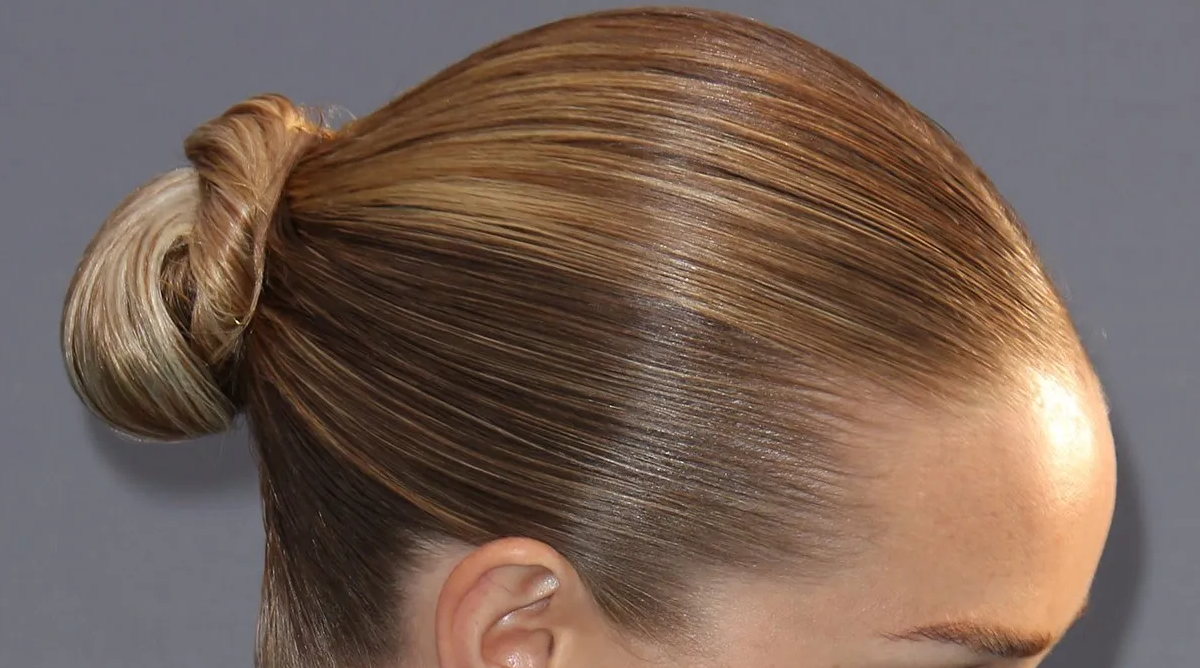
For women and men, slick-back ponytails and buns are classic looks that can be dressed up or down. However, both parties can benefit from letting their hair down. Tugging too hard on your hair can cause traction alopecia – a condition that leads to permanent hair loss. To prevent this, be gentle when you brush and make sure your updo doesn’t hurt or feel tight.
Gel manicures
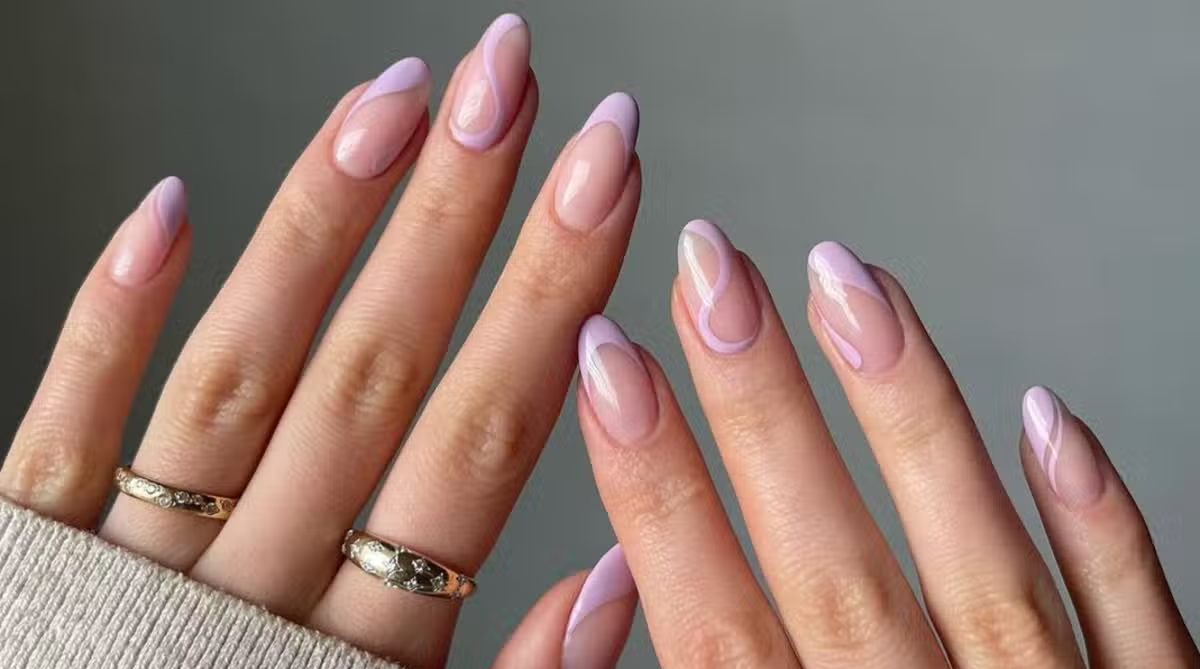
Gel manicures are popular because they dry faster and last longer than traditional manicures. However, they may come at a serious price if consumers are not careful. Frequent exposure to ultraviolet (UV) light can lead to skin cancer and premature aging. Consumers can try getting gel manicures less often, or wearing gloves with cut-out fingertips so they can protect their hands.
Tanning

If you love to be tan, now is the time to rethink your priorities. Tanning parlours and salons are more popular than ever, but – thanks to the overexposure of UV light – they can lead to skin cancer, premature aging and dryness. Here’s our advice: lather up with sunscreen, then bronze yourself with self-tanning lotion.
Colored contacts
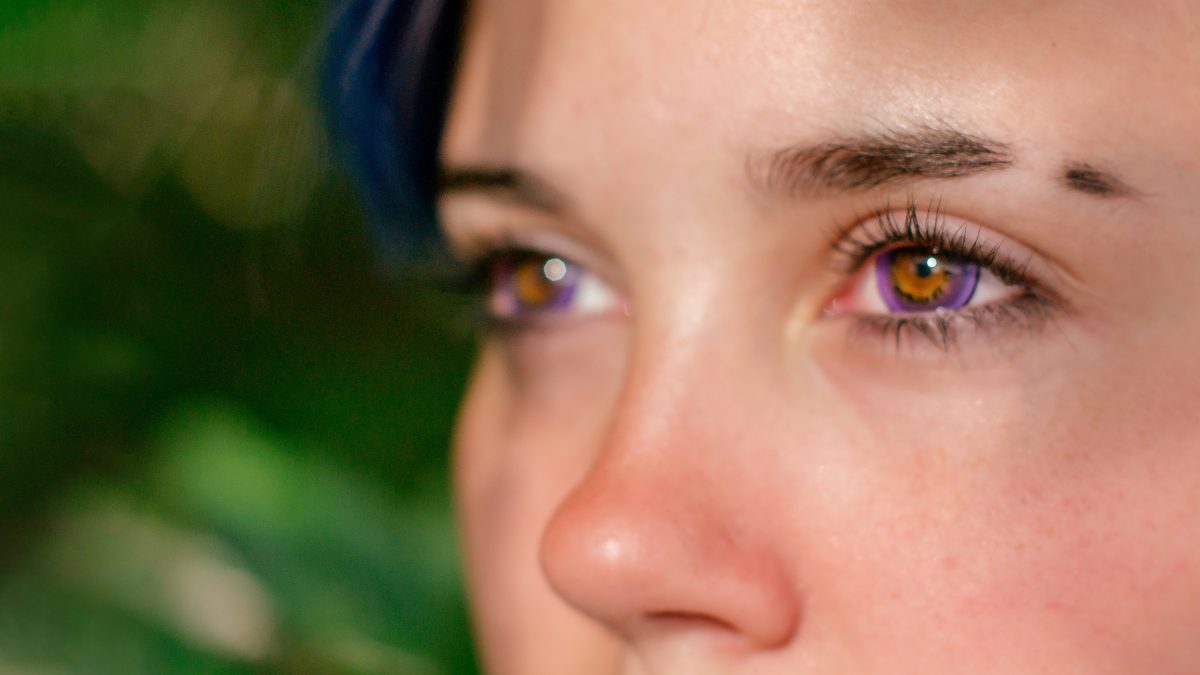
Colored contact lenses are now available over the counter. While this seems great for anyone who wants to experiment with them, you should be aware that people who wear contacts without a prescription can suffer serious health problems. Wearers must also learn how to care for their contact lenses properly, otherwise they can end up with infections and even go blind.
Flip-flops
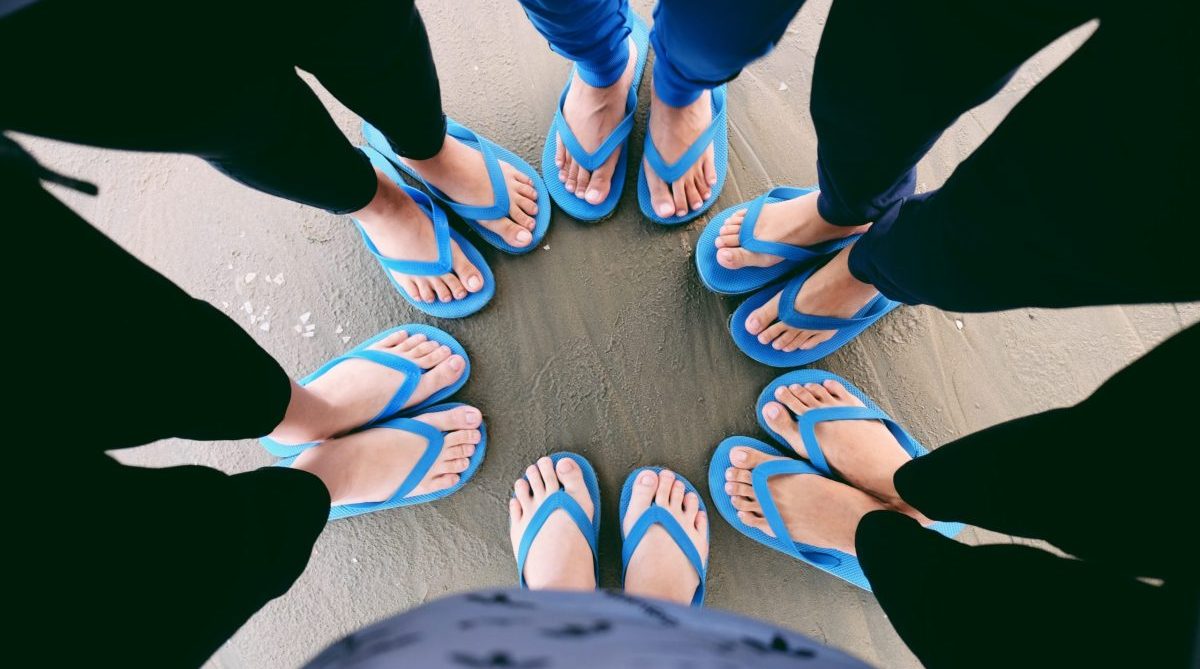
Flip-flops are just as likely to cause foot fatigue, sore calf muscles and an altered gait as heels. Researchers at Auburn University videotaped 39 volunteers and found that the volunteers clenched their toes to keep their flip-flops on, which could lead to long-term ankle and hip problems.
Shapewear
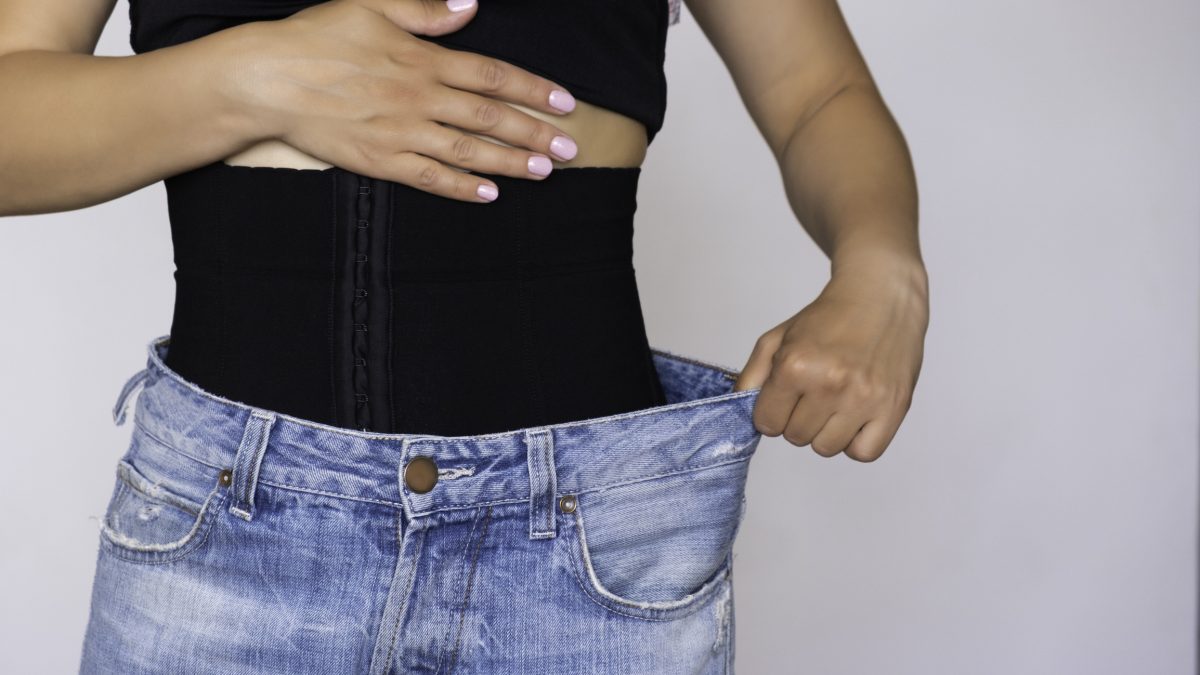
Thanks to celebrity-owned brands like Skims and Yitty, shapewear is more popular than ever. If you only wear your favourite shapewear a few times a month, there’s no real harm done. However, frequent wearers should reconsider. Wearing shapewear for too long can cause nerve compression, which may lead to numbness, tingling and even loss of feeling in the extremities.
Pencil skirts

One of the biggest dangers of the enduringly popular pencil skirt is that they’re tight around the body, hence they keep your knees together. This can cause you to stumble or fall if you walk with any kind of speed. Additionally, if as is customary you wear high heels with pencil skirts, you run the risk of arthritis, plus pain in the knees and back.
Ties

Wearing a tight-knotted tie may be a sign of professionalism, but it can also restrict your ability to breathe freely and relax. If you wear your tie too tight for a prolonged period of time, it can restrict blood flow to your brain and lead to long-term pain in your neck and shoulders.
Bras
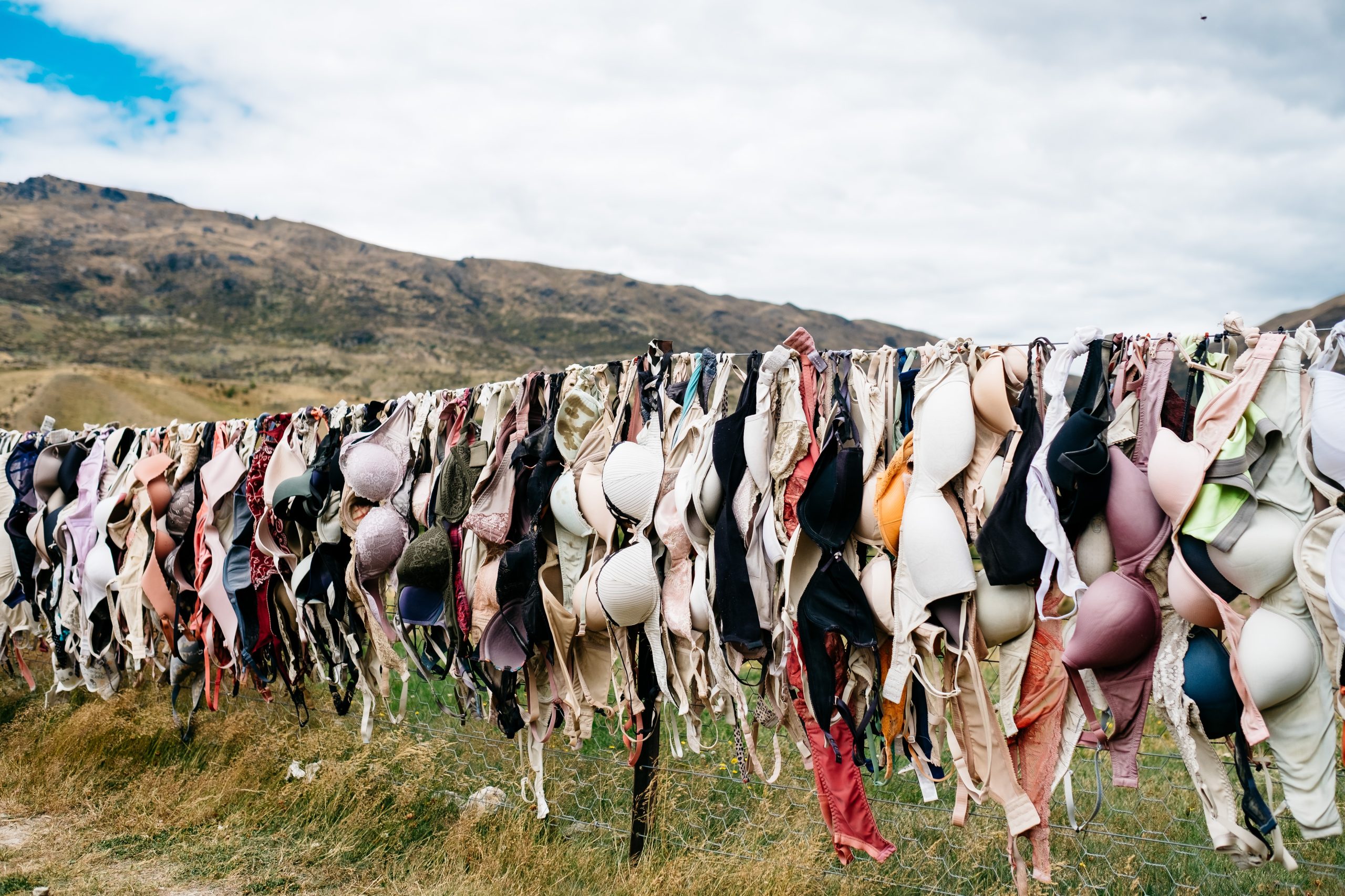
Wearing the wrong-sized bra can contribute to all manner of health issues. If your bra is too tight, it can cause circulation problems and breathing difficulties. It can also aggravate back and spine problems. It’s also important to note that the size and shape of your breasts changes with time, so be sure to get re-measured intermittently to ensure you’re wearing the right size bra.
Fast fashion
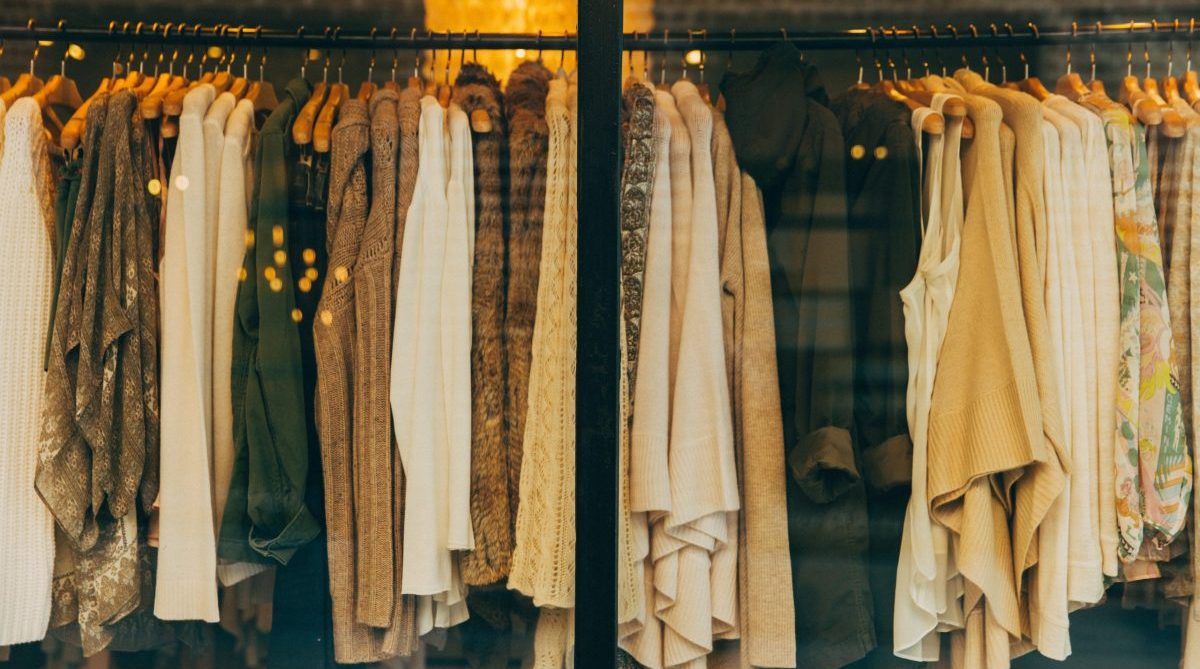
Fast fashion clothing is often made in sweatshops where workers are paid low wages and work long hours in poor conditions. As if these ethical issues weren’t enough to put you off, the clothing itself can also be hazardous. It’s often made with cheap and toxic materials like dyes, bleach and other substances that can harm your health.
Neck lengthening
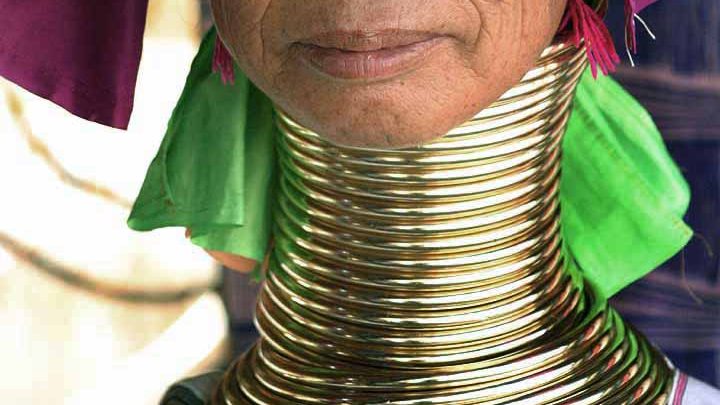
Neck lengthening has been practiced in many parts of the world throughout history, and the trend is still alive in parts of Africa and Asia. To achieve the desired elongation, increasingly heavy rings are placed around the neck, which pushes down the shoulders and collarbones, often leading to severe health complications.
Paris Green dresses
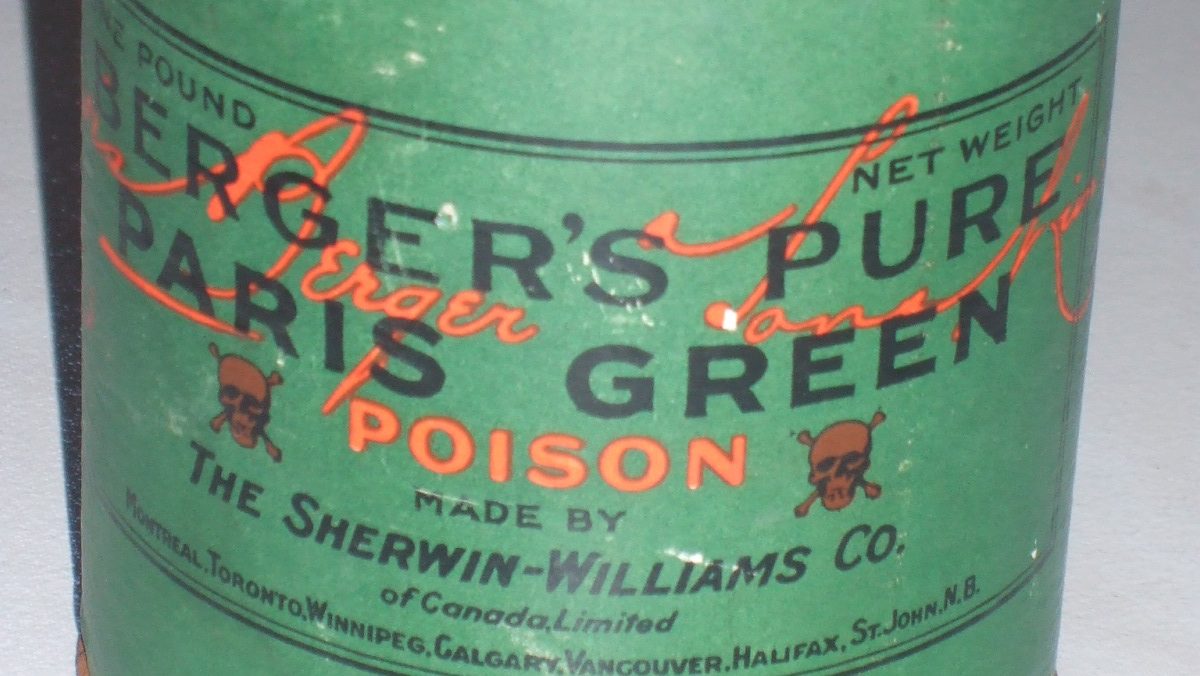
In the 19th century, clothes colored with a new dye named Paris Green were all the rage. Eventually, however, doctors noticed an alarming pattern: women who regularly wore clothes dyed with Paris Green had the unfortunate habit of prematurely dropping dead. It was eventually deduced that arsenic – one of Paris Green’s principal ingredients – was behind the dye’s high body count.
Overly-tight collars

While a shirt with a tight collar might make you look smart, it could actually make you less intelligent, at least temporarily. A study by Cornell University found that up to 67 percent of male American office workers wear shirts with collars that are too tight, decreasing circulation to the brain and potentially causing short-term cognitive impairment.
Blue swimsuits

There’s nothing wrong with wanting to look good at the beach, but if you’re thinking about entering the ocean you should consider safety before aesthetics. Blue swimsuits will blend in with water, making it a lot harder for rescuers to spot you in the event of an emergency.
Size zero
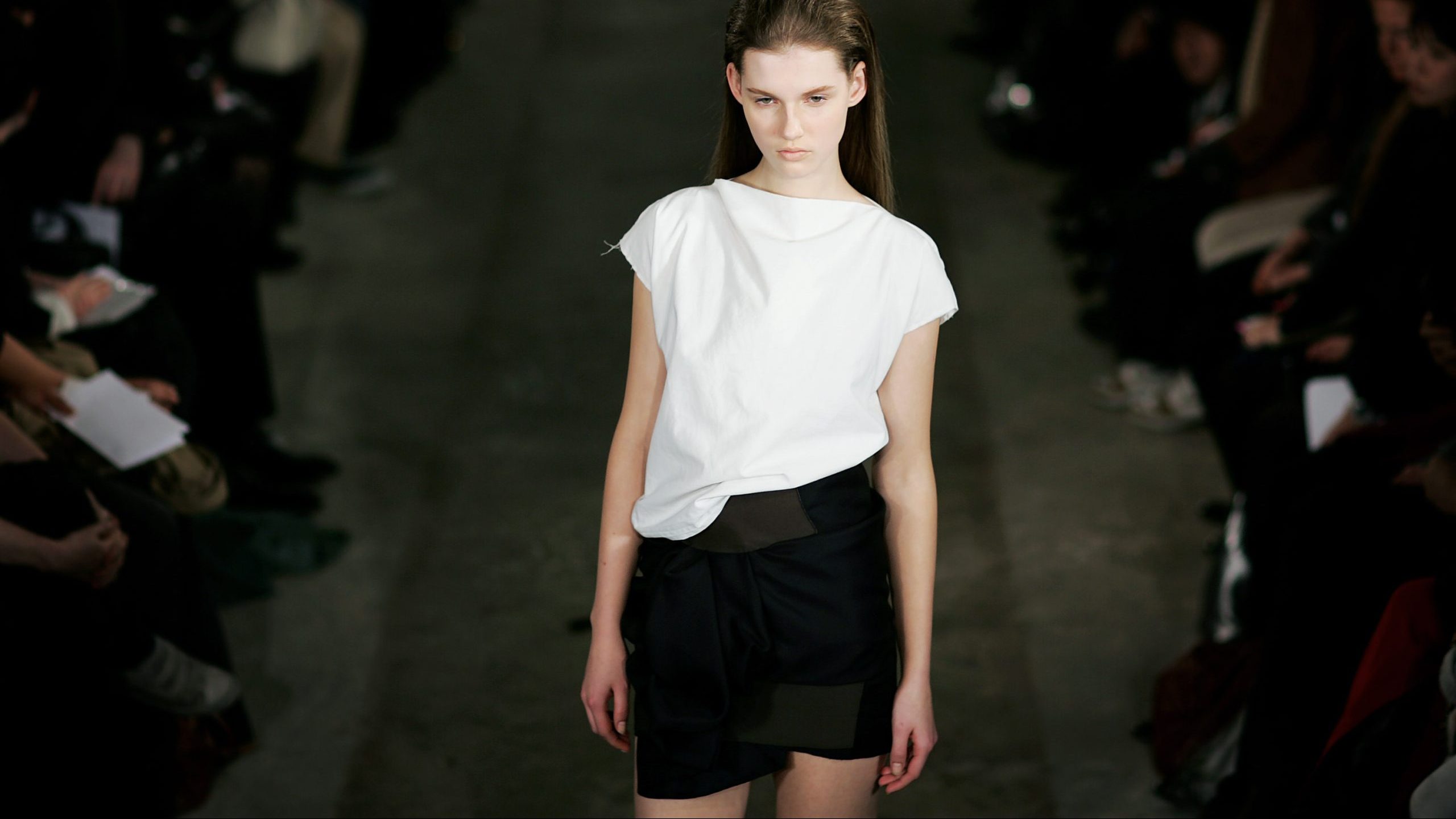
While h***in chic glorified substance abuse, size zero promoted eating disorders. The death of Uruguayan model Luisel Ramos – who passed away from complications related to anorexia – sparked a backlash against size zero in 2006, with Madrid Fashion Week banning size zero models from its catwalks, a move copied by many other events and agencies.
Halter tops
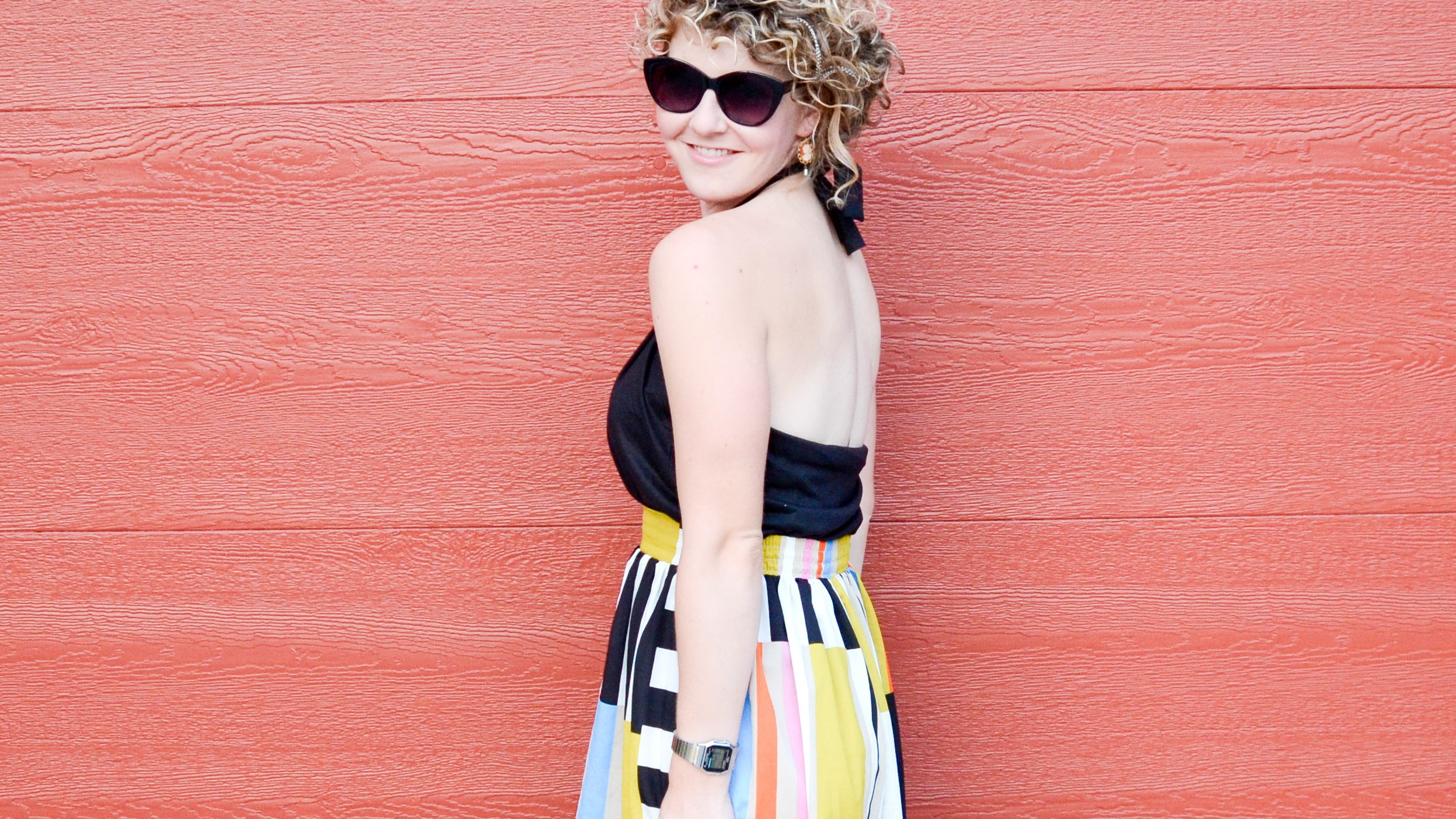
Halter tops are light and breezy and allow you to get an even tan on your back, making them a popular choice when the weather is hot. Unfortunately, halter tops place a lot of pressure on the back of the neck, which often results in an awkward, slightly stooped posture that can cause serious imbalances over time.
Tights
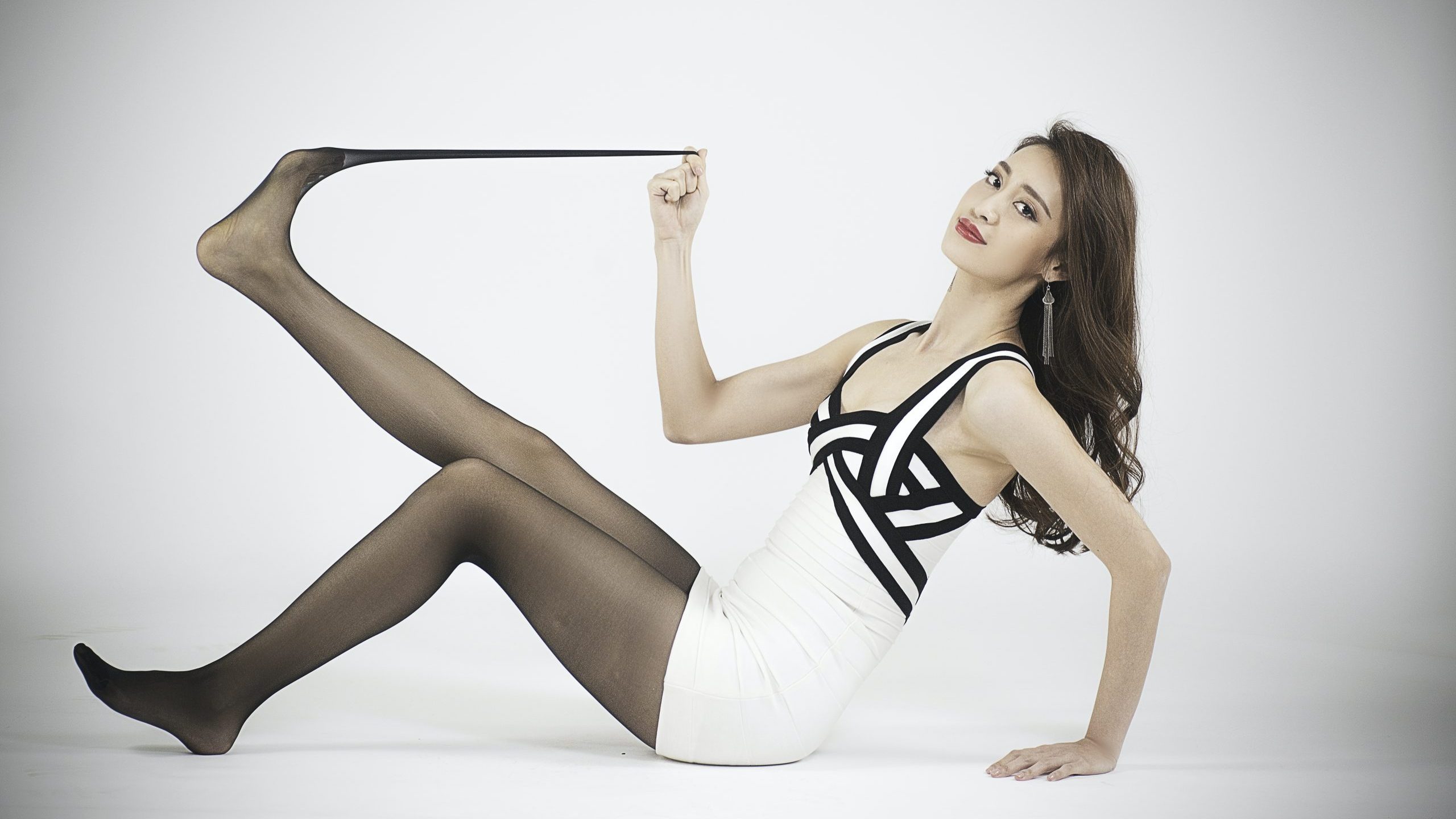
Tights are an easy way to make a dress or skirt appear more professional, but they can lead to a number of health problems, especially if worn frequently or for long periods of time. Because of the extra friction tights generate during walking, they can cause irritation and skin calluses, and they can also squeeze toes into an unnatural position, leading to foot pain.
Sunglasses

Sunglasses are undeniably cool; just watch Top Gun if you need convincing. Sadly, many sunglasses don’t actually provide adequate protection from the sun’s rays. While it might feel more comfortable to look at bright lights when you’re wearing glasses with tinted lenses, unless they’re specifically labelled UV 400 you’re still going to end up damaging your eyes.
Bleeding

During the Renaissance, paleness was seen as the height of beauty for aristocratic European women. In the absence of effective whitening products, many women would drain blood before social events. Even though antibiotics were a long way from being invented – meaning even a minor infection could easily prove fatal – this practice was alarmingly widespread.
Headbands

Headbands are one of the hottest fashion trends of 2023, with a number of celebrities rocking them at high-profile events. While they might look cute and keep your hair out of your face at the same time, headbands can compress the frontalis muscle in the head, leading to pain and, in severe cases, migraines.
Acrylic clothing
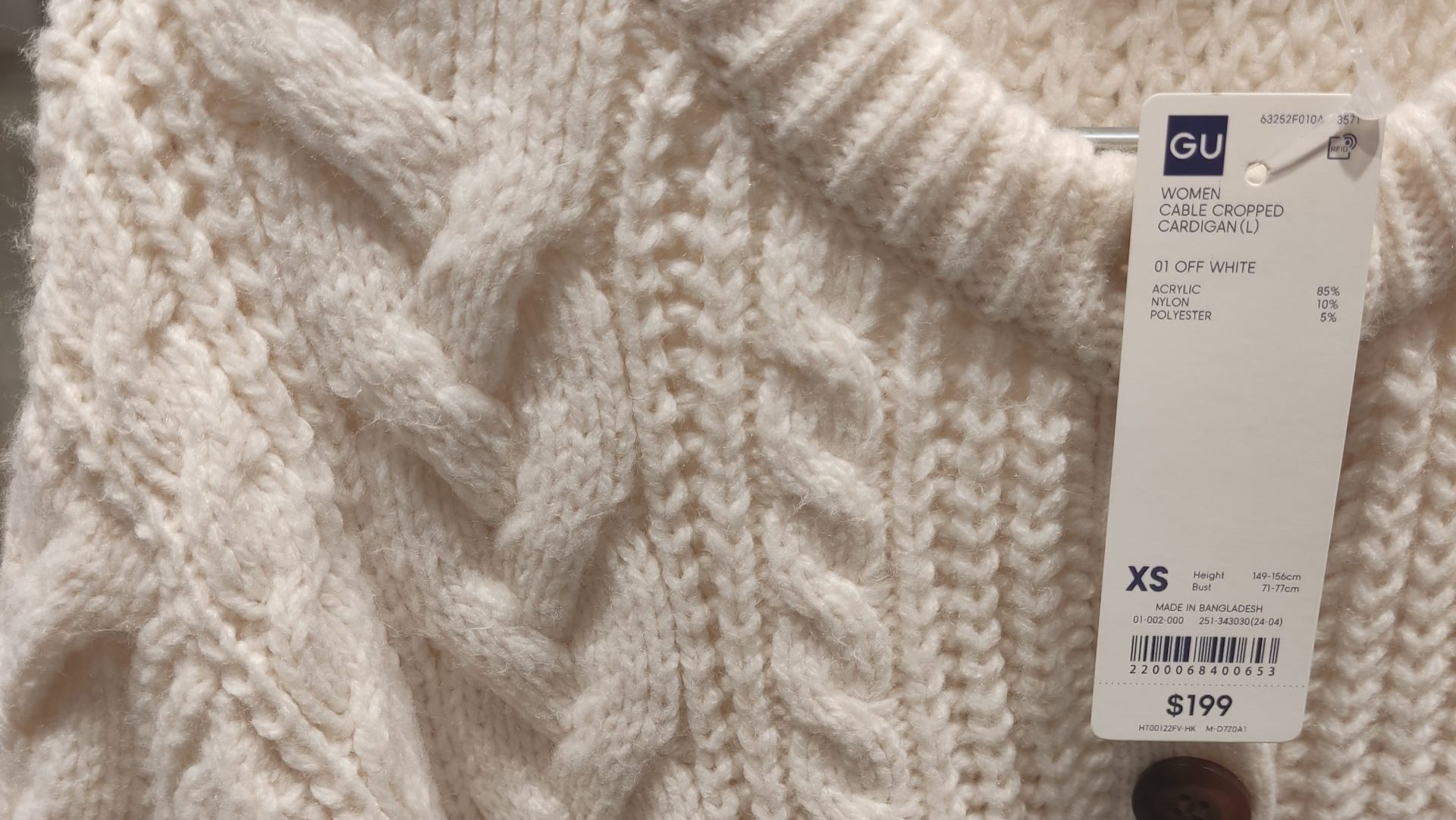
Acrylic clothing was originally designed as a cost-effective alternative to wool, but – while it’s certainly easier on the wallet – it comes with a number of significant drawbacks. Acrylic has been identified as both a carcinogen and a mutagen (meaning it can give you cancer and change your DNA at the same time), it’s highly flammable and it’s been linked to headaches, nausea, breathing difficulties and kidney problems.
Tortoiseshell combs
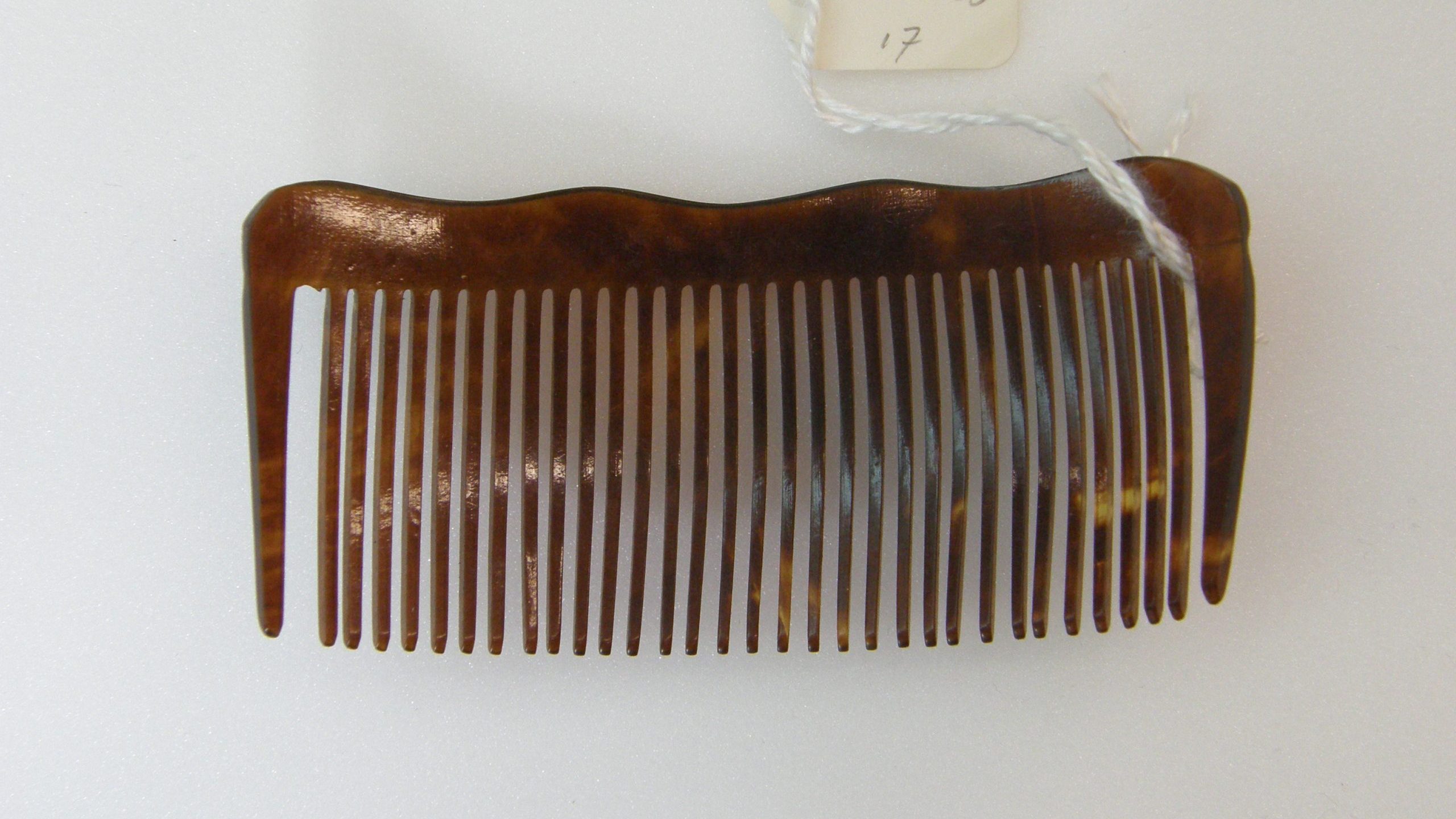
Tortoiseshell combs were a must-have accessory for classy women in the 1800s. While they were prohibitively expensive for many, near the end of the century a new celluloid compound was invented that looked like real tortoiseshell, but was cheap to make. Unfortunately, it soon turned out that this compound was almost comically combustible and prone to bursting into flame when exposed to heat.
Hoodies with tied drawstrings
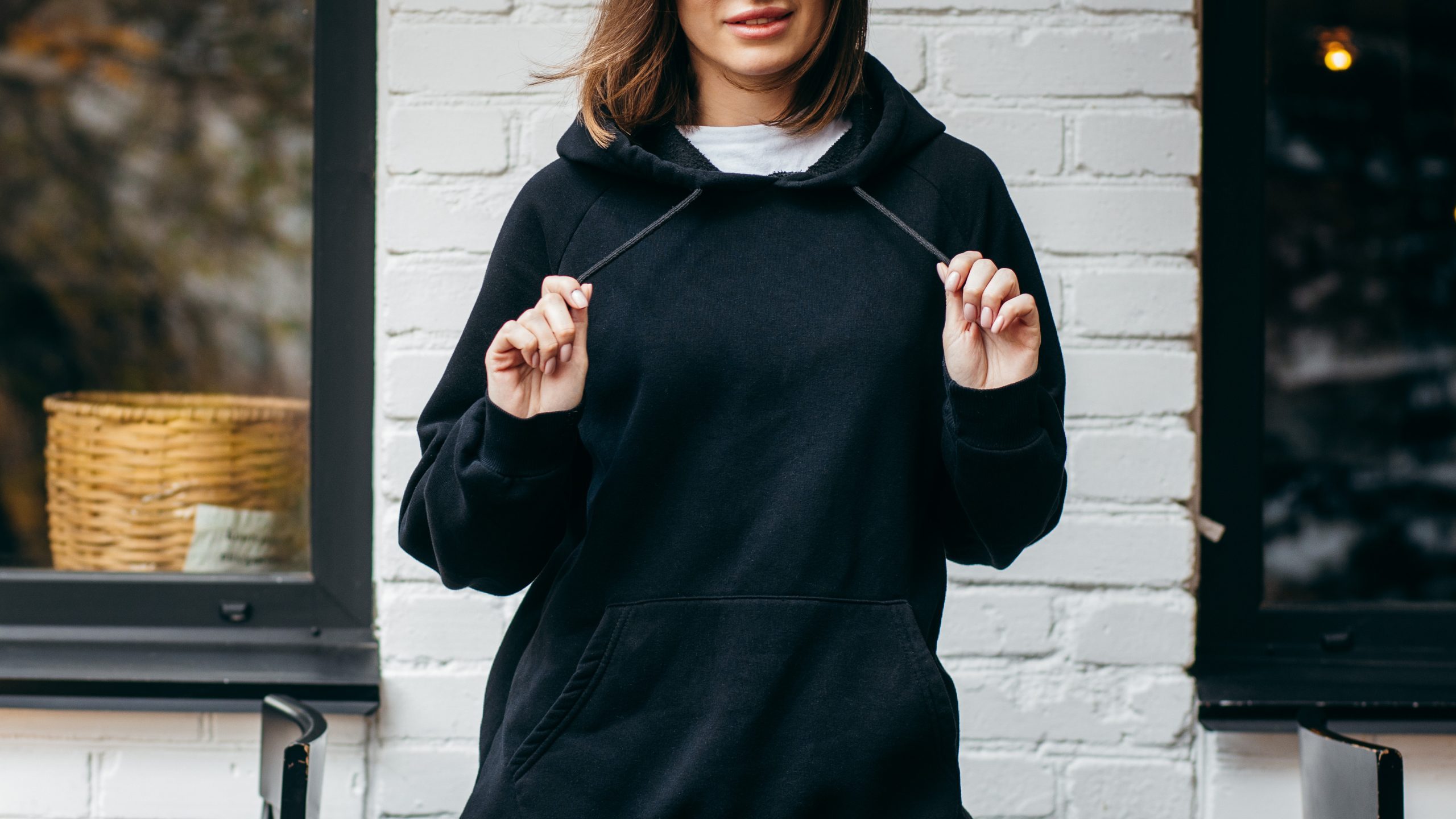
Although it’s not particularly in vogue at the moment, wearing a hoodie with the drawstrings tied around the neck was the height of edginess during the mid 2010s. While wearing your hoodie like this is unlikely to cause a problem most of the time, if you fall and your hoodie gets caught on something those strings could quickly turn into a noose.
Converse Chuck Taylor All Stars
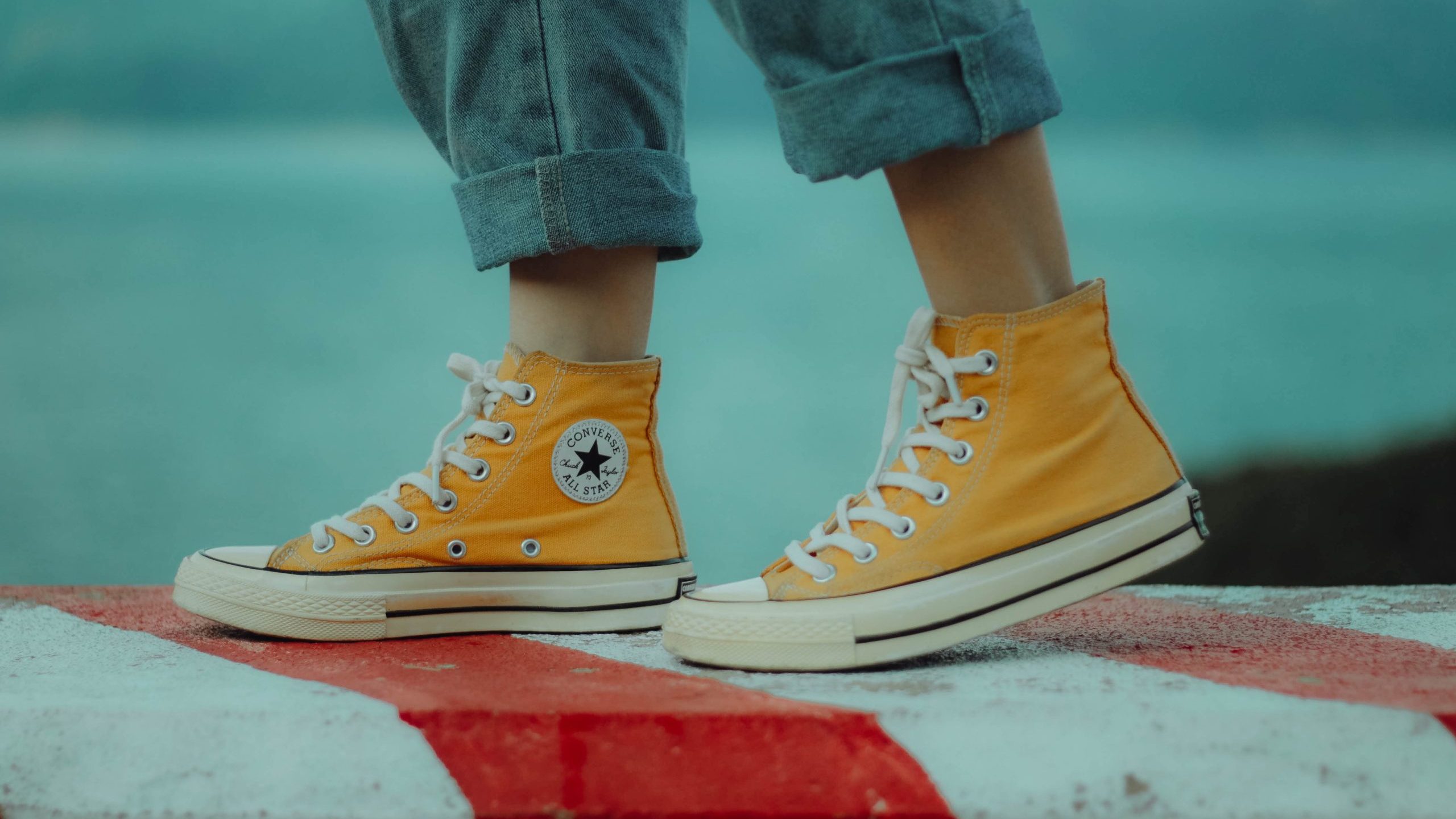
Converse Chuck Taylor All Stars are some of the most iconic and easily recognizable shoes of all time. Initially designed to be worn by baseball players, Chuck Taylors have never gone out of fashion, and it’s unlikely they ever will. That said, the shoes’ flat soles lead to uneven load bearing when walking, which over time can result in a flattening of the feet.
Heavy hand bags
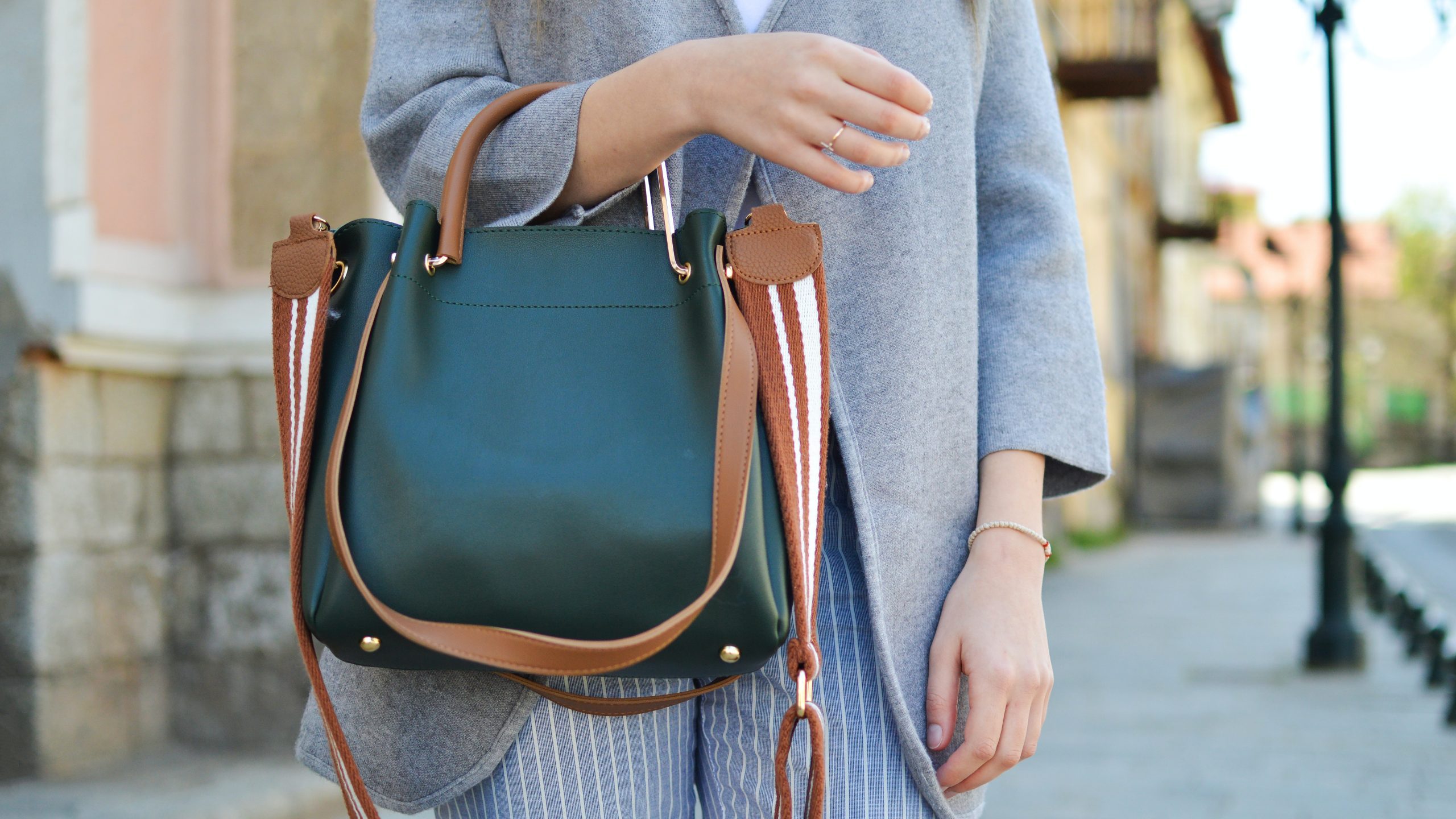
Enormous designer handbags might make a bold statement, but they’re not doing your body any favors. The American Chiropractic Association has identified heavy handbags (defined as weighing ten percent or more of their wearer’s bodyweight) as a major cause of musculoskeletal imbalances, leading to reduced mobility, tension and pain.
Push-up bras
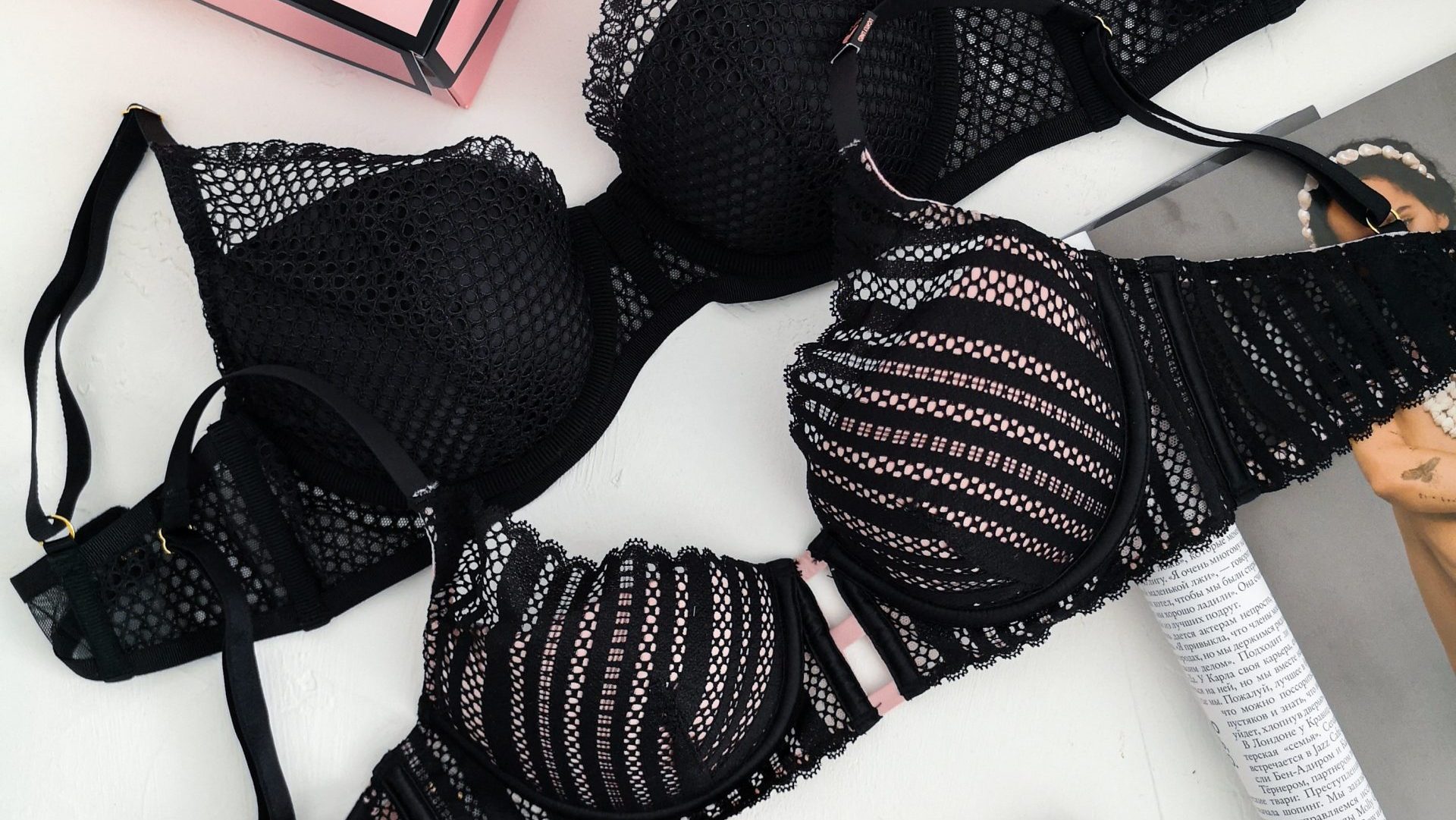
Push-up bras accentuate cleavage through the use of angled cups that contain additional padding. While they are undeniably popular, the pressure exerted by push-up bras cuts off circulation to the chest, and some studies have even suggested they could increase the risk of breast cancer.
Tooth decay
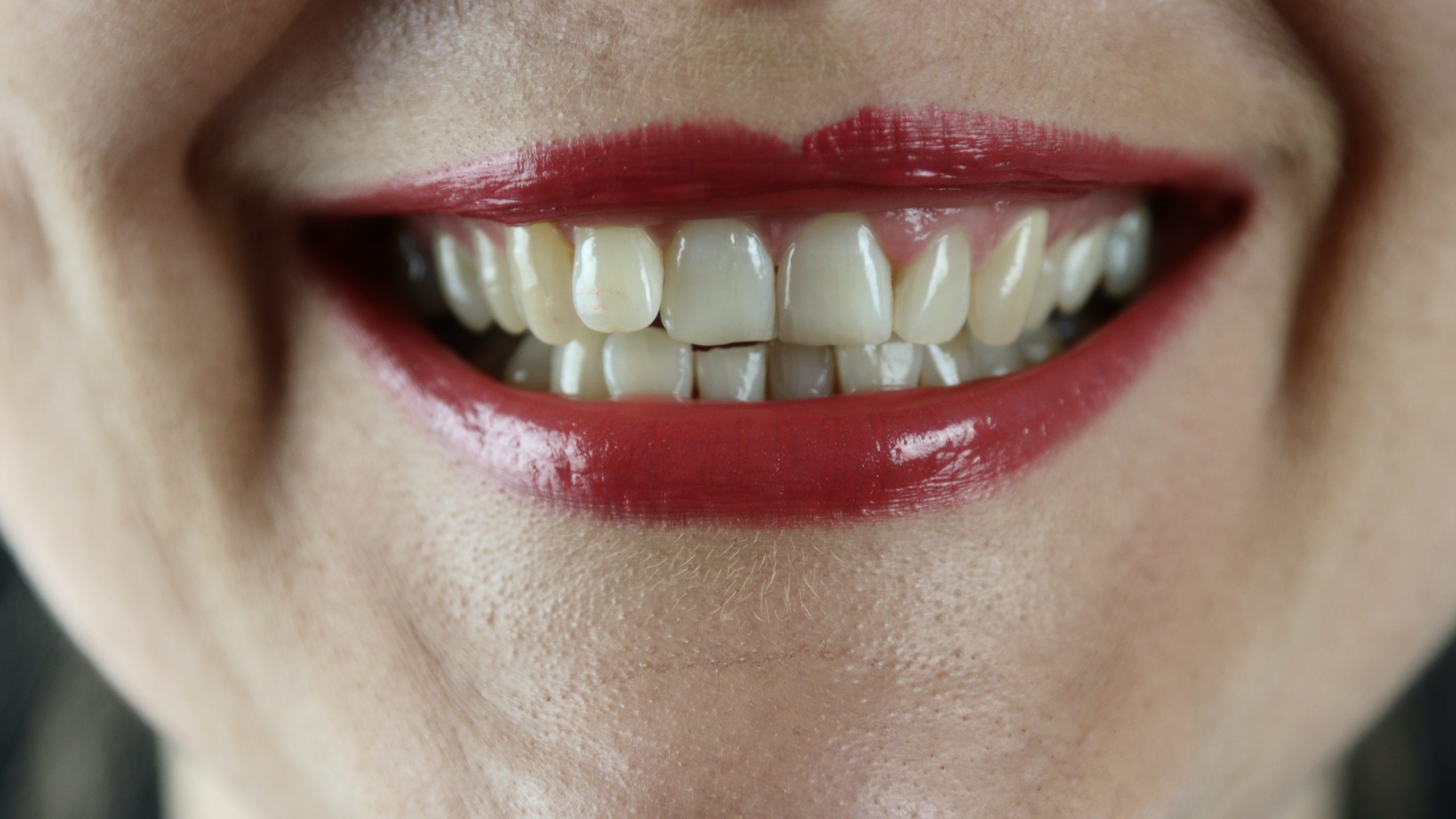
During the Elizabethan Era, having rotten teeth – much like being overweight – was seen as a sign of wealth and thus was a highly desirable look. This is because only the wealthy could afford sugar, which they would often consume in prodigious amounts. Those who couldn’t afford sugar would sometimes apply dark powders to their teeth in an attempt to make it look like they had gingivitis.
Baggy clothing

Once confined to hip hop culture, baggy clothing has taken over mainstream fashion trends in recent years. Although some have welcomed baggy clothing as an alternative to over-sexualized styles, wearing lots of heavy fabric can cause neck and back discomfort, and large sleeves can make you move your arms unnaturally, putting pressure on your shoulder joints.
Powdered wigs

Powdered wigs became widely popular during the 17th century, after King Louis XIII began wearing them to cover up his baldness. Made from animal hair and coated with powder and perfume, these wigs couldn’t be washed without destroying them, meaning they quickly became hotbeds of bacteria, lice and – according to some reports – the occasional mouse.
Ugg Boots
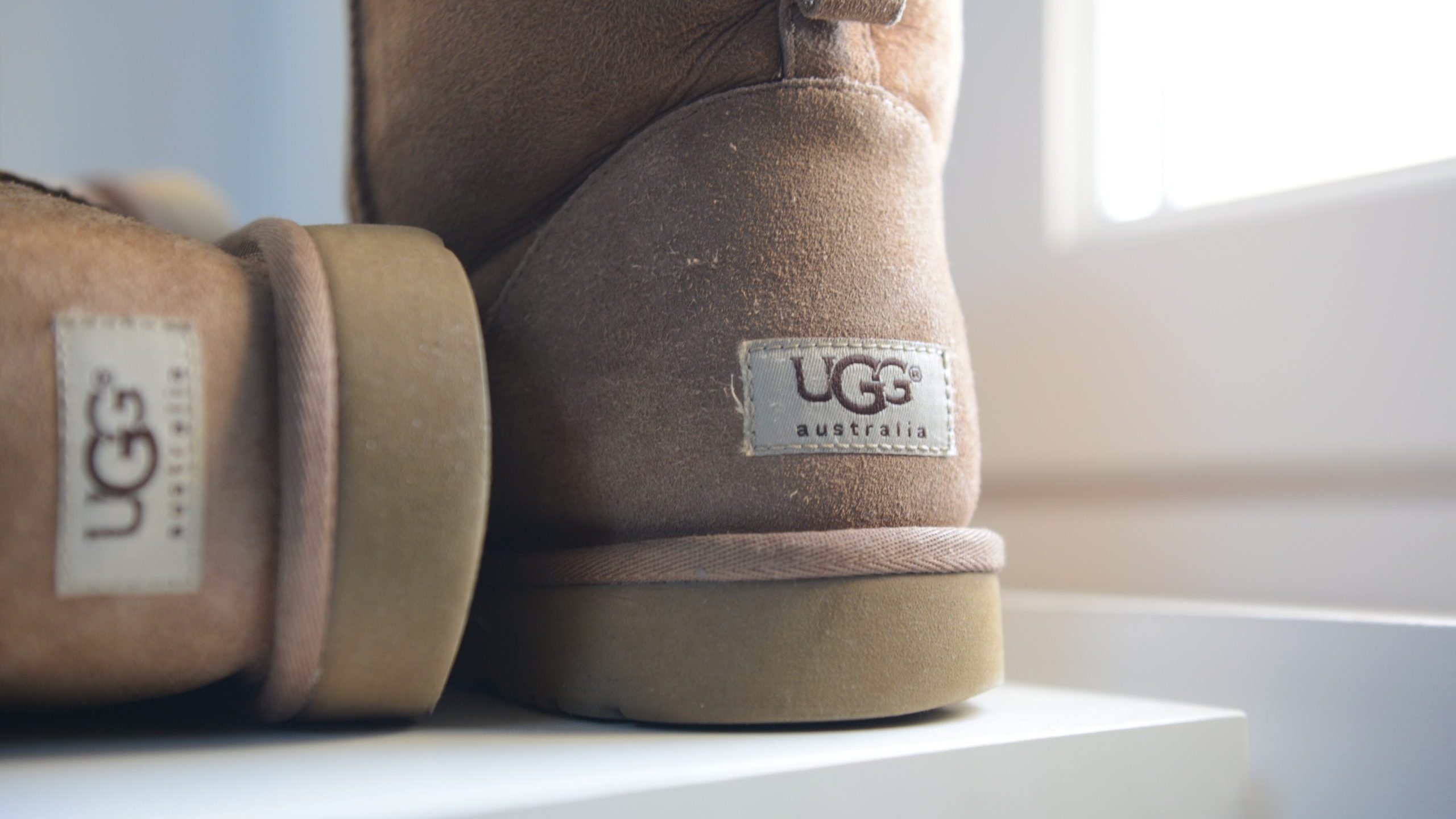
Originally worn by Australian sheep shearers in the 1920s, Ugg Boots have – somewhat improbably – become highly fashionable items of footwear. Podiatrists, meanwhile, have slammed Ugg Boots for contributing to the development of flat feet, as well as cautioning that they can make it much easier to trip.
Nickel-plated jewelry
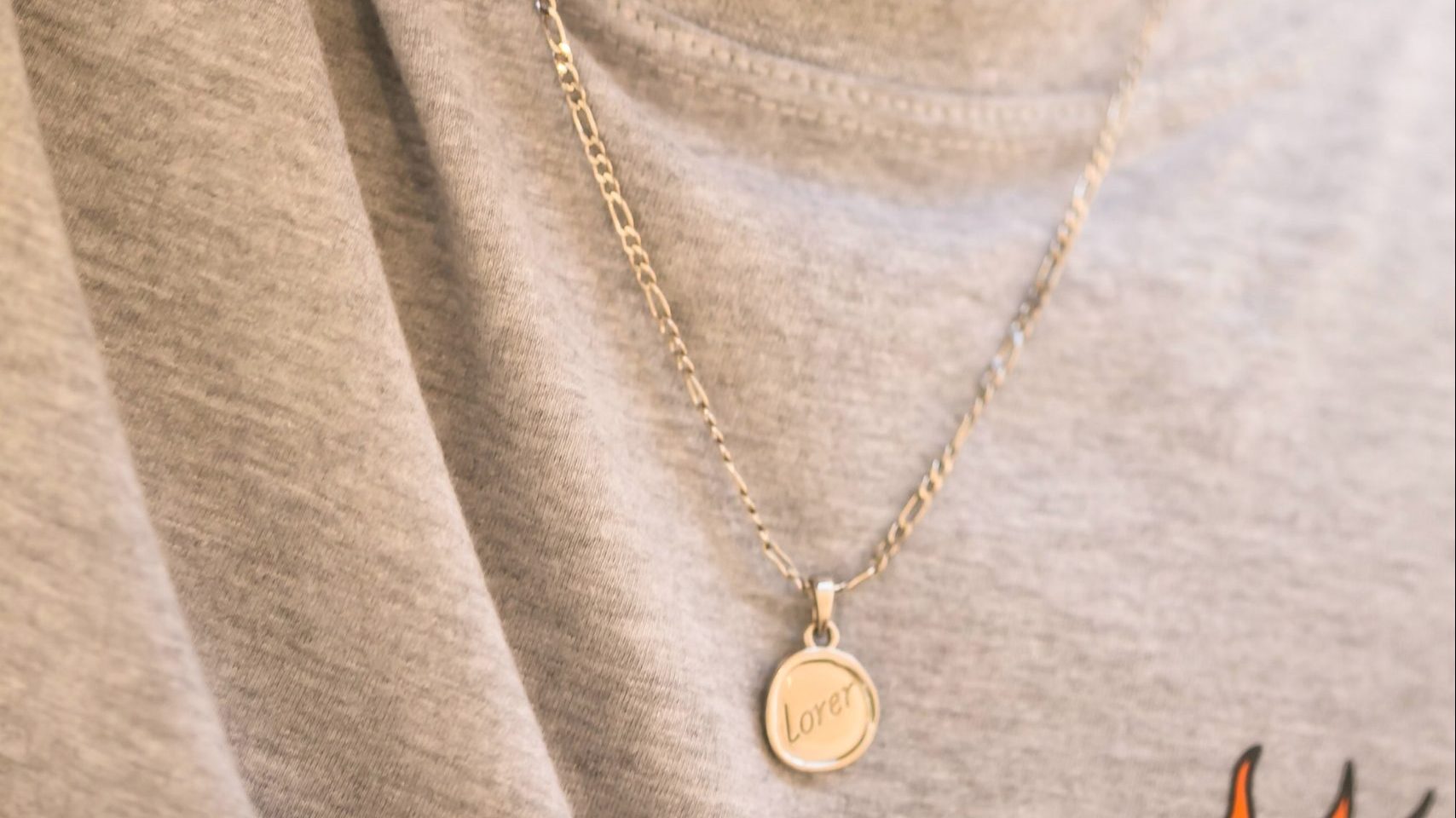
While not as harmful as lead, nickel can cause severe, itchy rashes in those with allergies. Since a nickel allergy can develop at any time in your life, for literally no reason, it’s probably safest to steer clear of any products containing the metal when you’re choosing your accessories.
Nylon
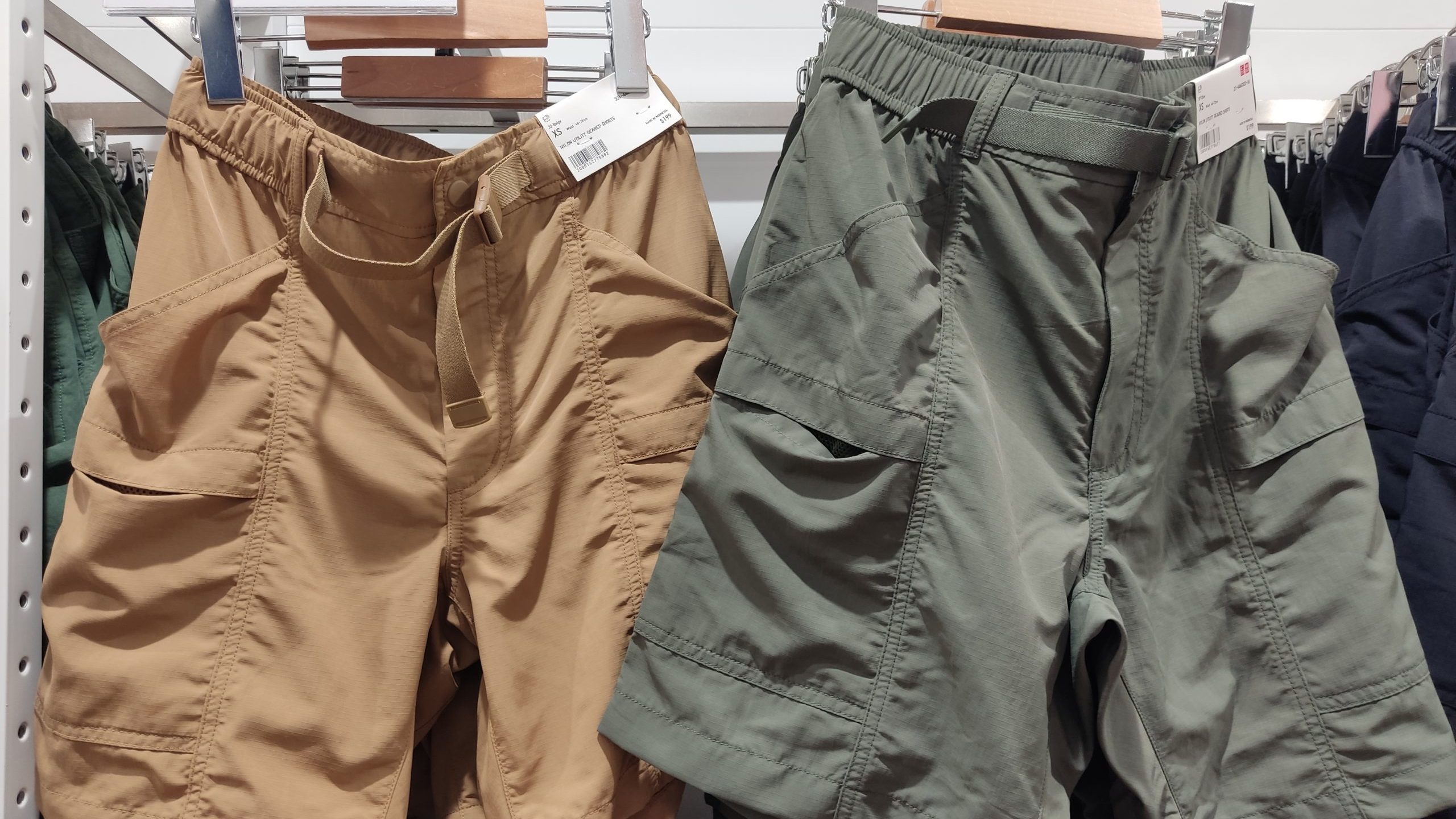
Due to its stain resistant properties and low manufacturing costs, nylon is a popular fabric with fashion designers the world over. The material is generally made from petroleum, and then treated with a number of toxic chemicals that have been shown to induce skin irritation, dizziness and increased risk of cancer.
Skinny jeans
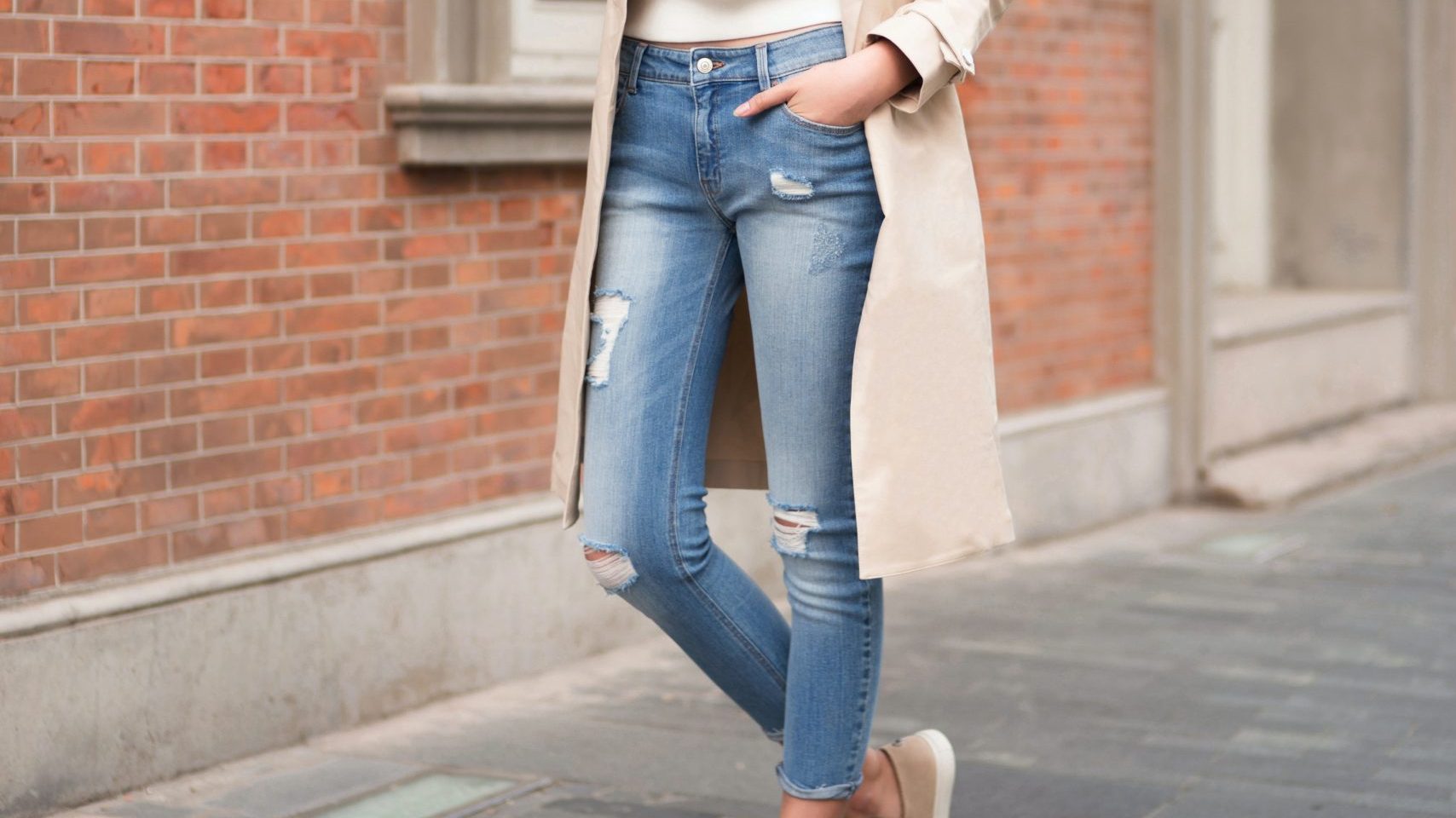
Skinny jeans blew up in popularity in the mid 2000s, with clothing companies competing over who could make the tightest-fitting trousers. While they might show off your legs, skinny jeans have been linked to a number of health problems, including issues with digestion, testicular torsion, lower back pain and even a rare condition which causes lesions around the thighs.
Gladiator sandals
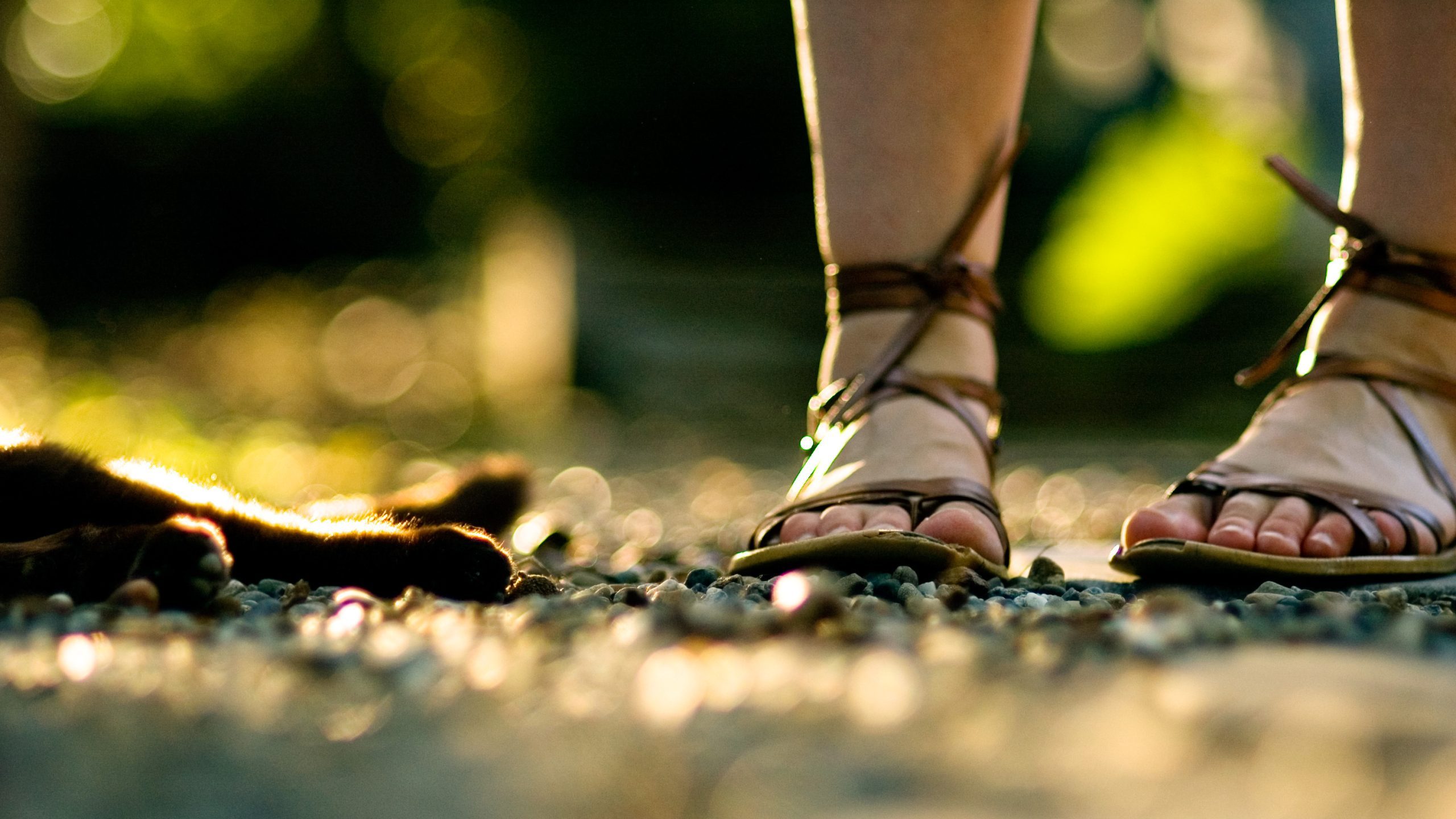
Gladiator sandals manage to strike a balance between class and comfort, which has made them incredibly popular in recent years. Unfortunately, the string which helps elevate gladiator sandals above the level of glorified flip flops has a tendency to cut off blood flow in the lower legs, which – in severe cases – could result in blood clots.
Silicone implants
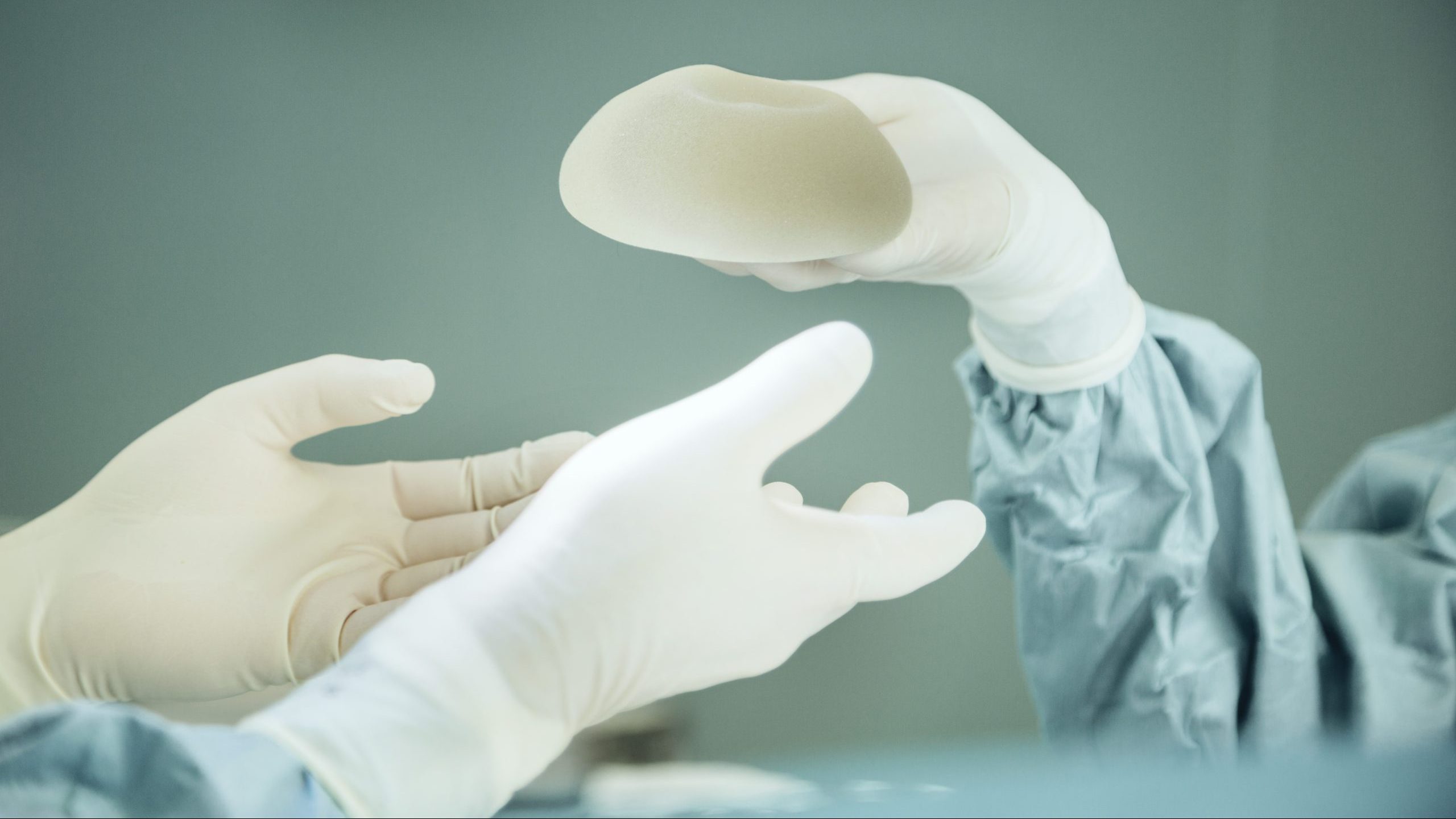
One of the most commonly performed cosmetic surgeries involves installing silicone implants to enhance the size, shape and firmness of breasts or buttocks. There have been documented instances of these implants bursting inside the body, leaking their contents and leading to serious medical emergencies.
Shiny shoes
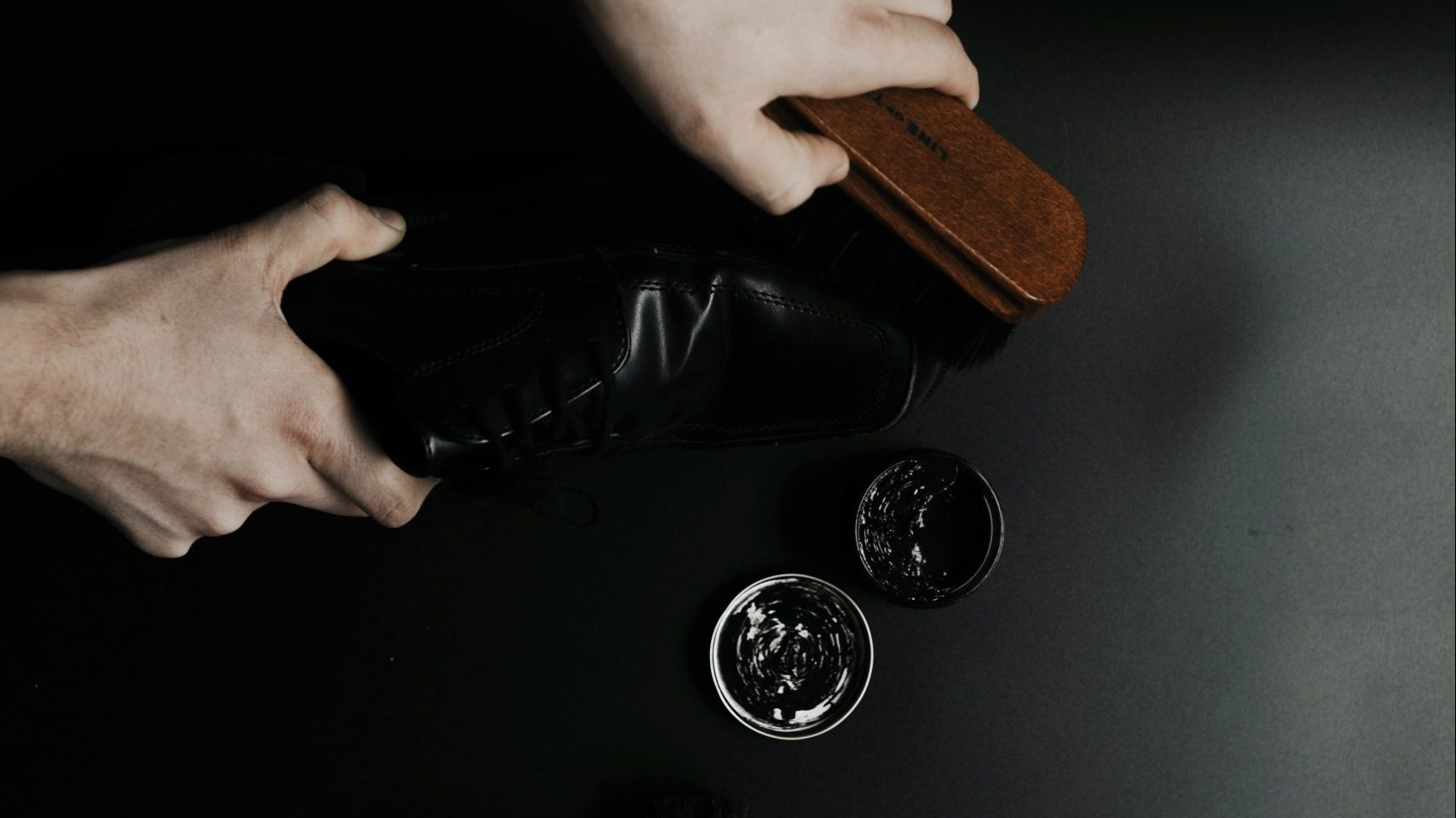
At the turn of the 20th century, fashion meant wearing shoes so shiny you could almost see your reflection in them. This led to the widespread use of shoe polishes containing nitrobenzene, a highly toxic chemical prone to releasing fumes. Problems arose when people put their shoes on before the polish had dried, with the fumes causing effects ranging from blue skin to unconsciousness.
Straw hats

A wide-brimmed, straw hat might seem like a stylish way to protect yourself from the sun’s rays on a hot day, but in reality you’re not getting much protection at all. Because of the gaps between the fibers, straw hats let a significant amount of UV through, resulting in sunburn and increased risks of developing skin cancer.
Botox

Botox injections provide a relatively cheap, effective way of staving off wrinkles. What you might not realize, however, is that botox is made from botulinum toxin – the same toxin responsible for causing botulism – and it works by paralyzing facial muscles. While rare, there have been cases of a single botox injection leading to instant, permanent paralysis of the entire face.
Bathing suit dresses
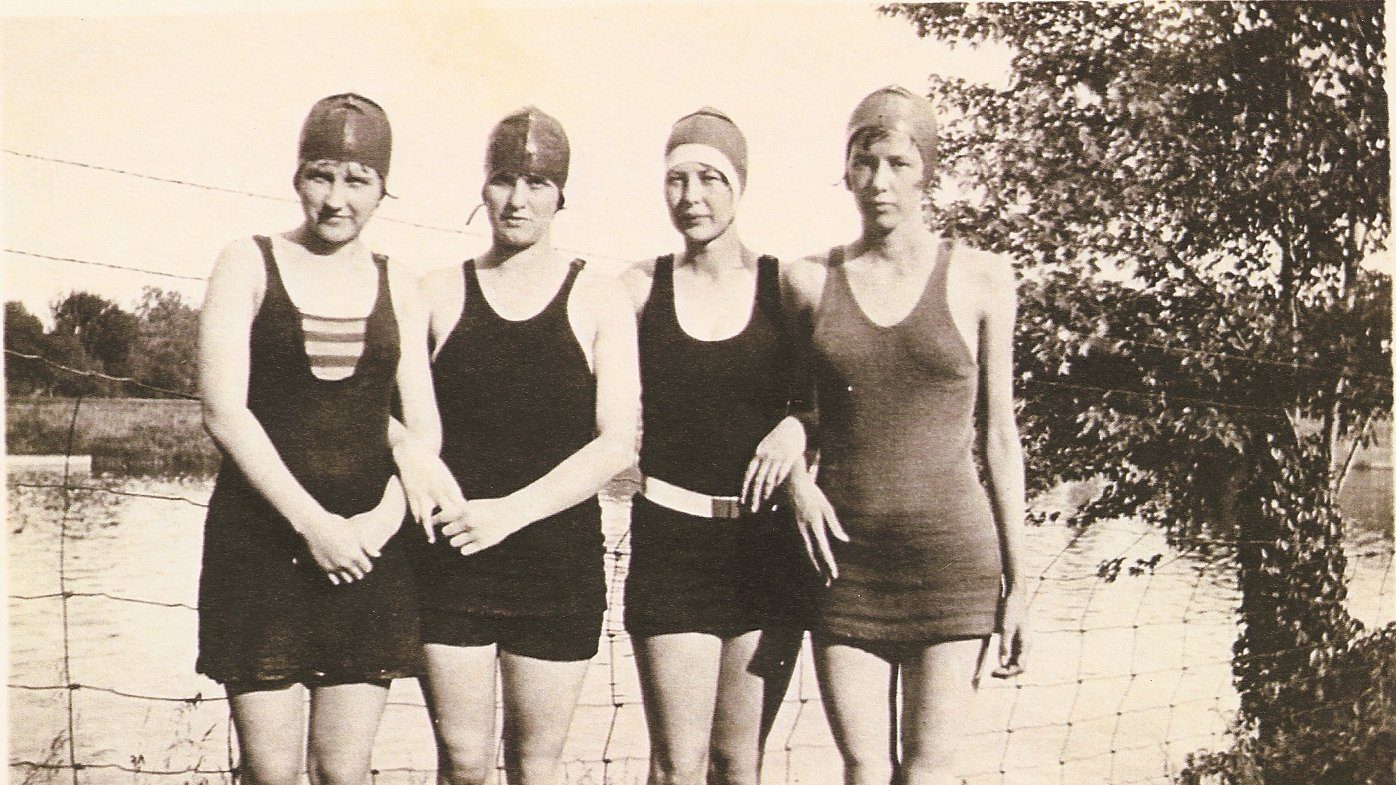
Relaxing on the beach was a popular recreational activity during the 1920s, enjoyed by both men and women. While values around modesty had relaxed somewhat, it was still considered improper for a woman to reveal too much of her body, leading to heavy, fabric-based bathing suit dresses. As soon as these got wet, these bathing suits became incredibly heavy, making it hard to swim and increasing the risk of drowning.
Bamboo fabrics
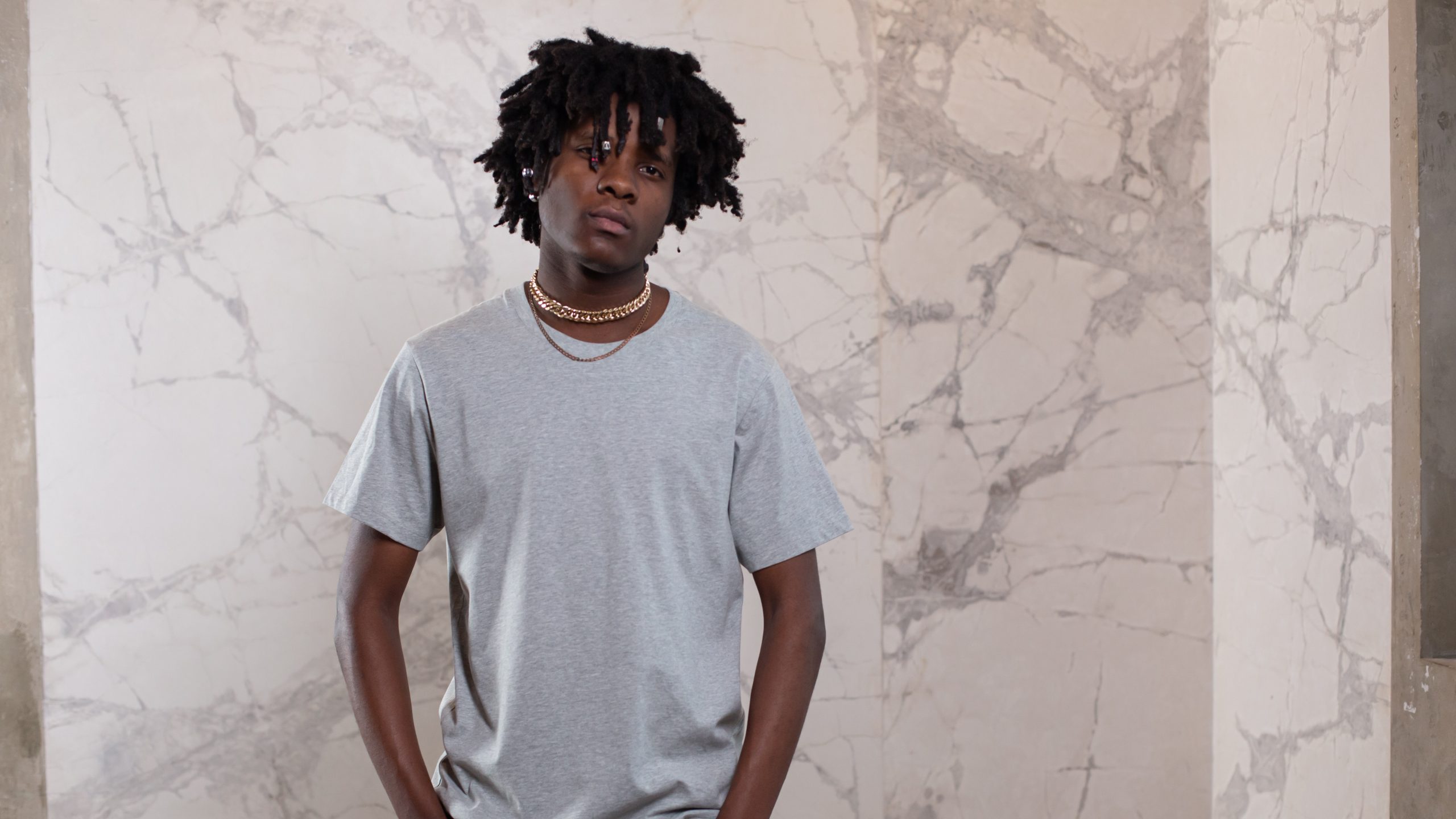
Clothes made out of bamboo fibers are often marketed as natural alternatives to polyester or other synthetic fabrics. In reality, bamboo has to be chemically softened before it can be used for clothing, and this process often involves extremely toxic substances such as carbon disulfide and sodium hydroxide.